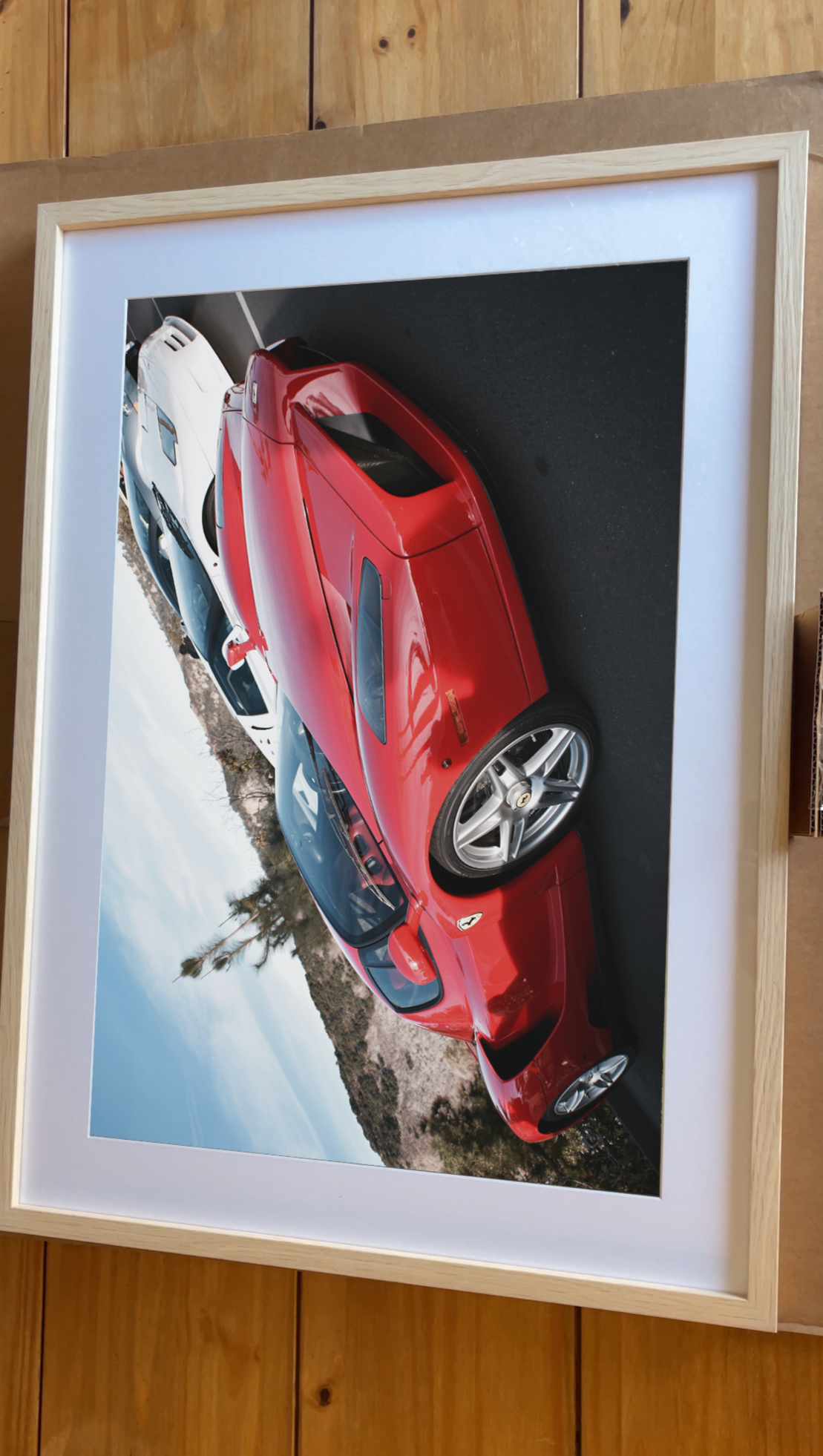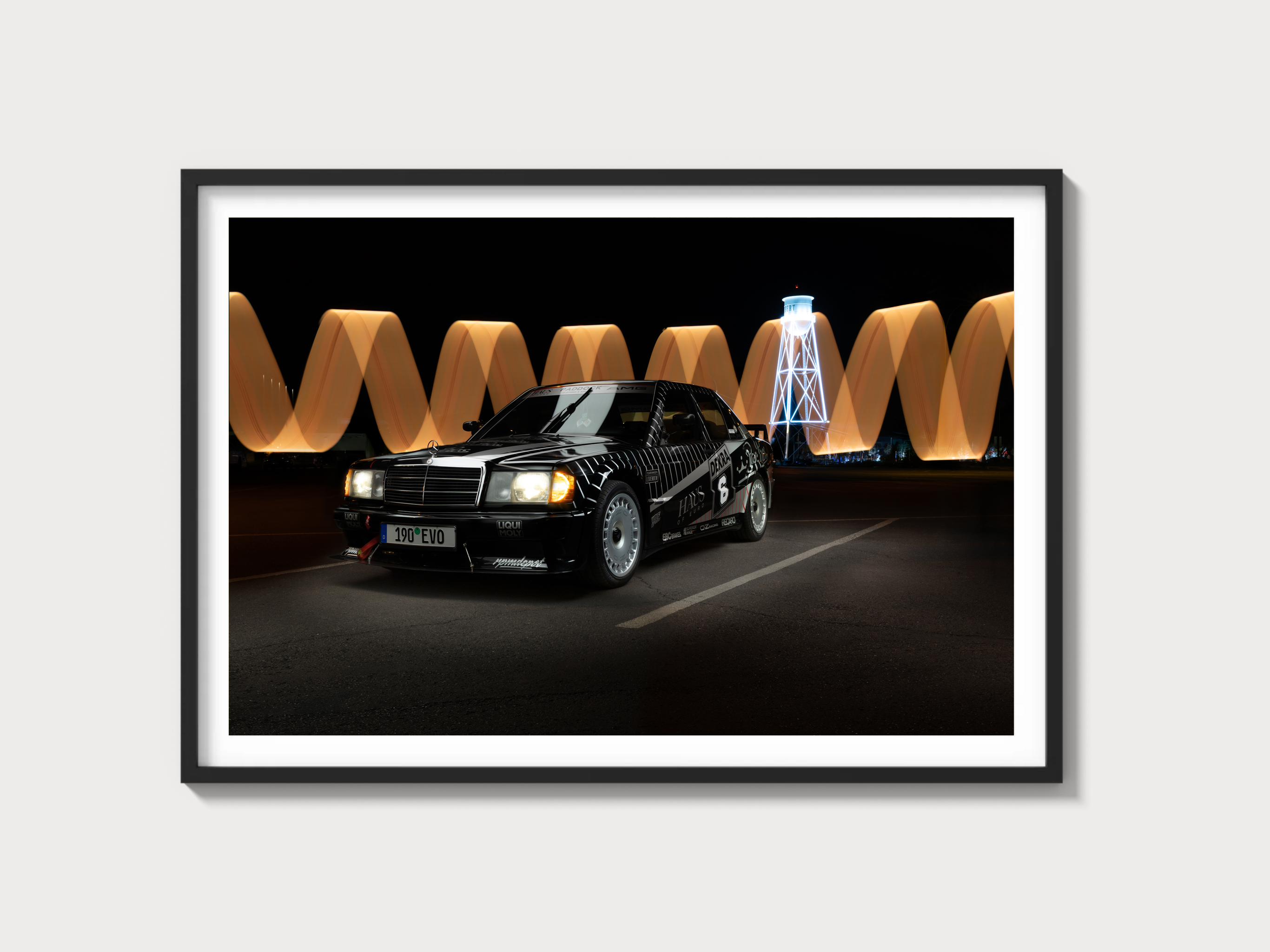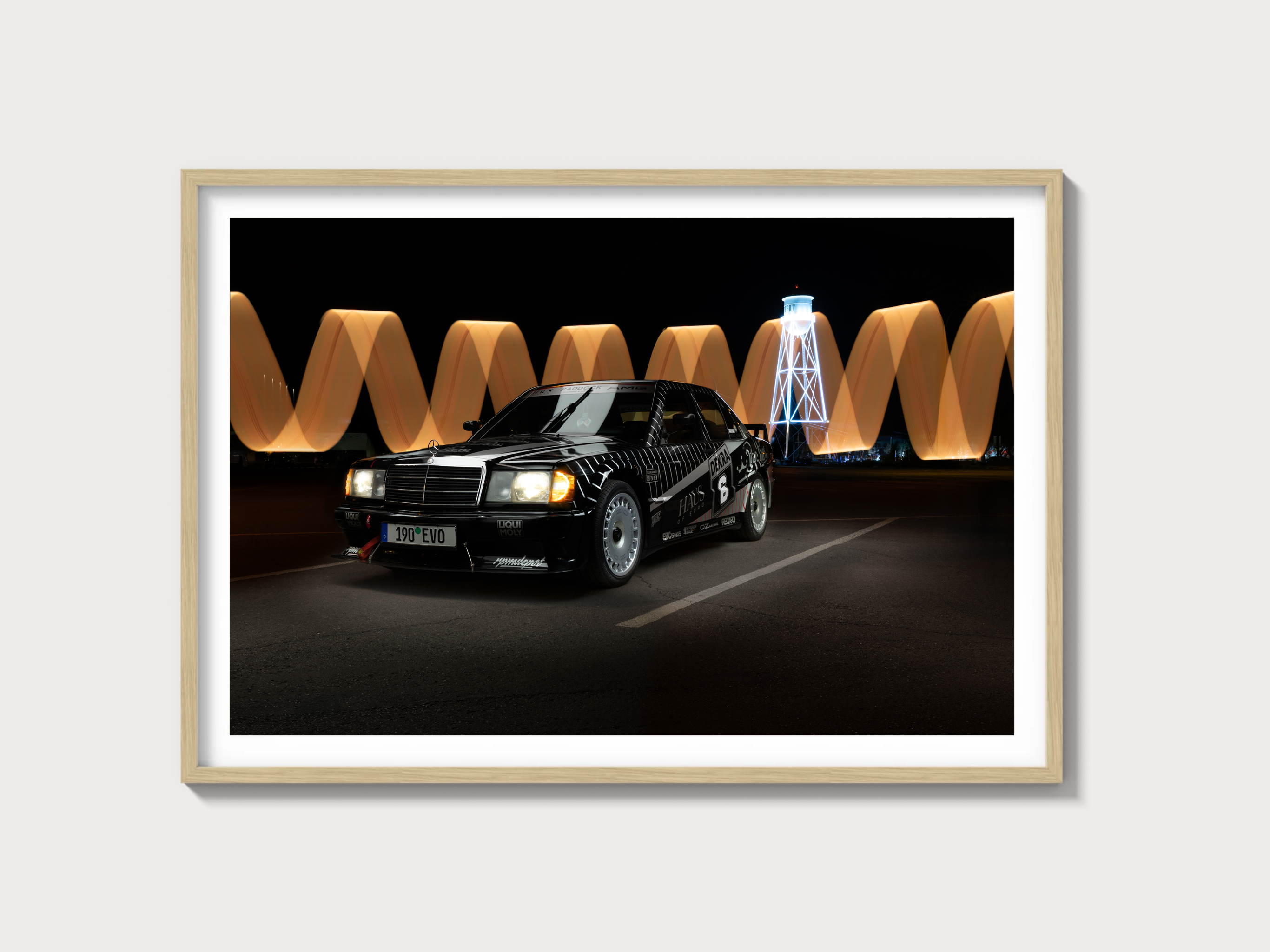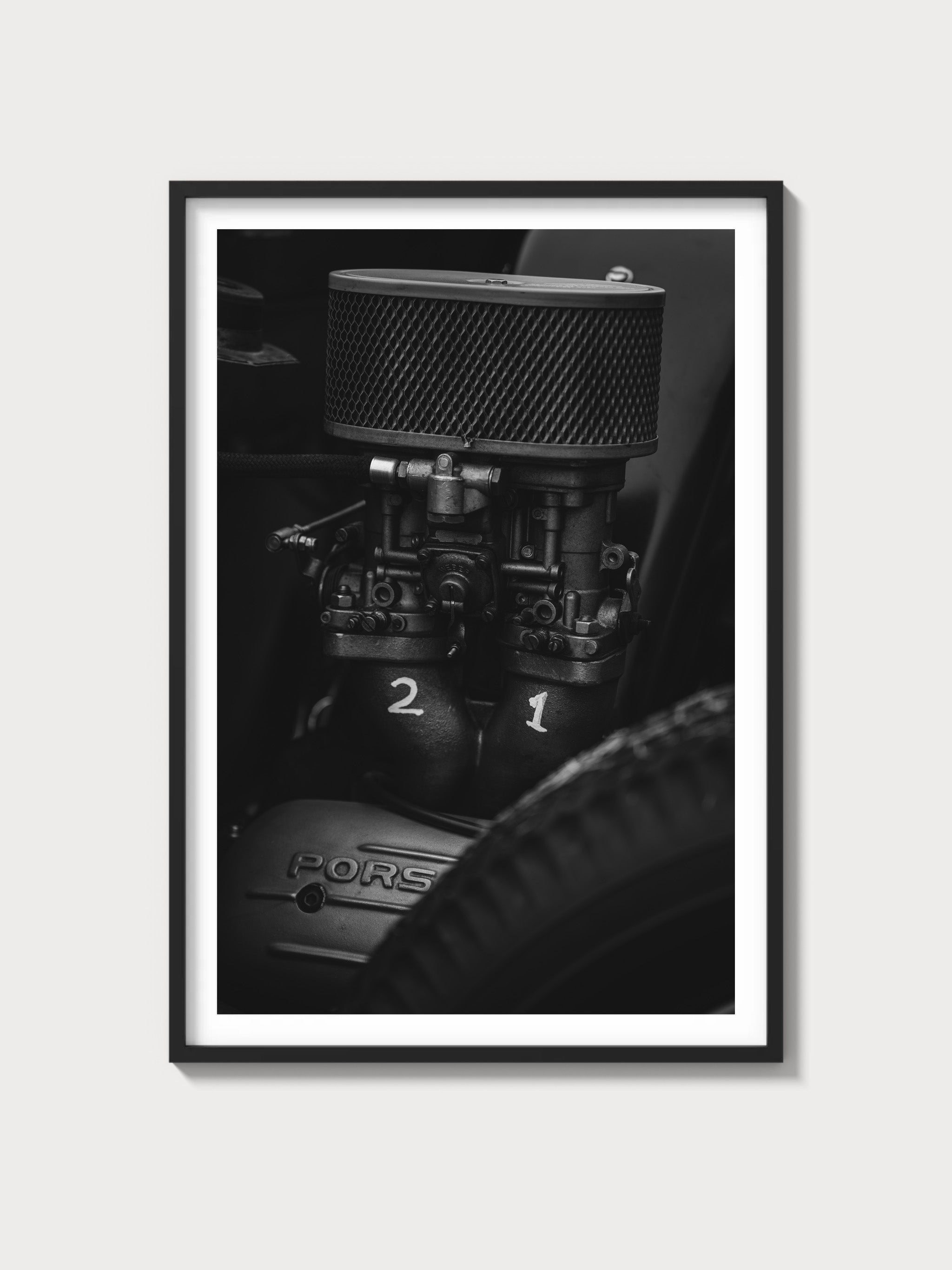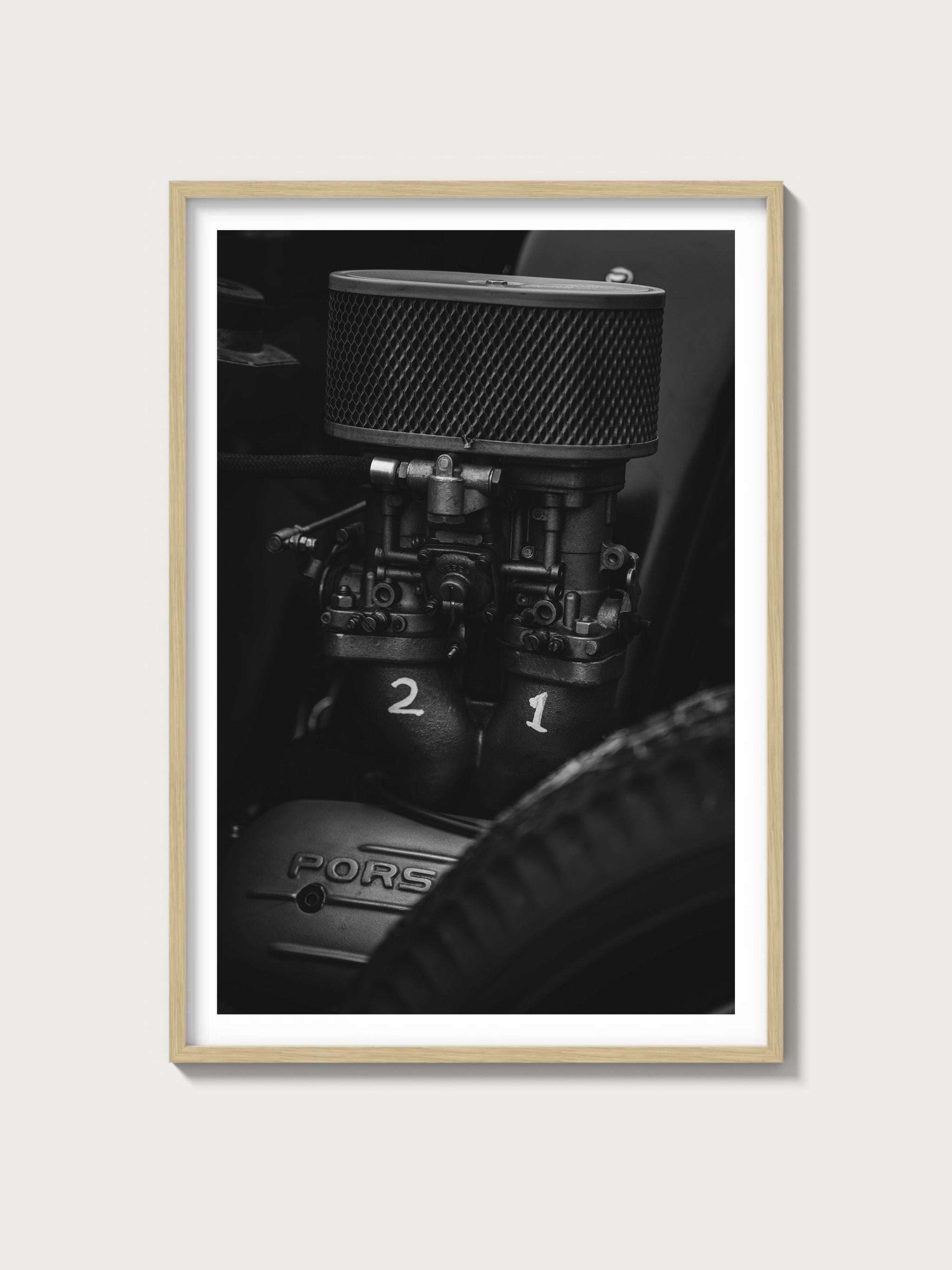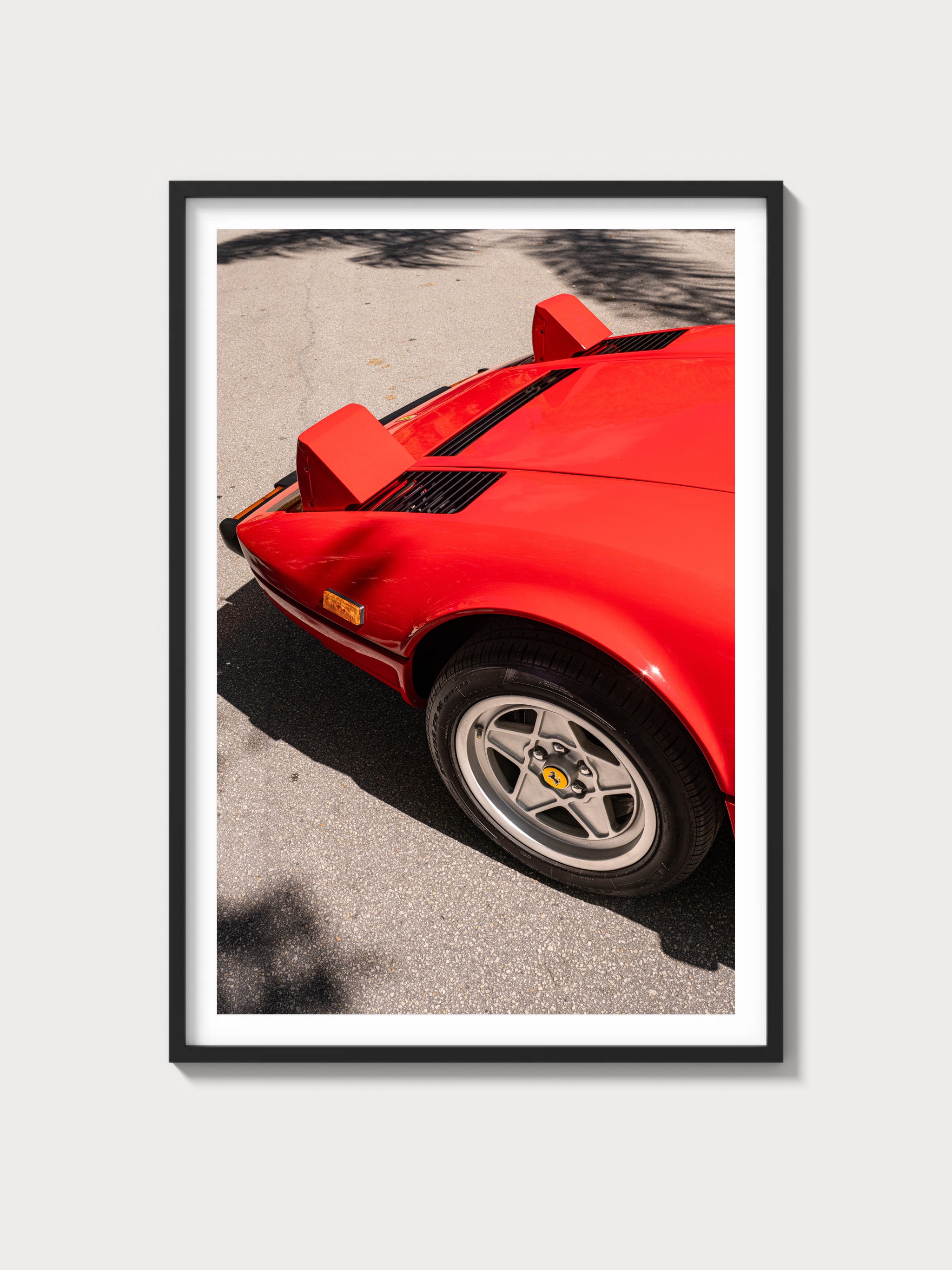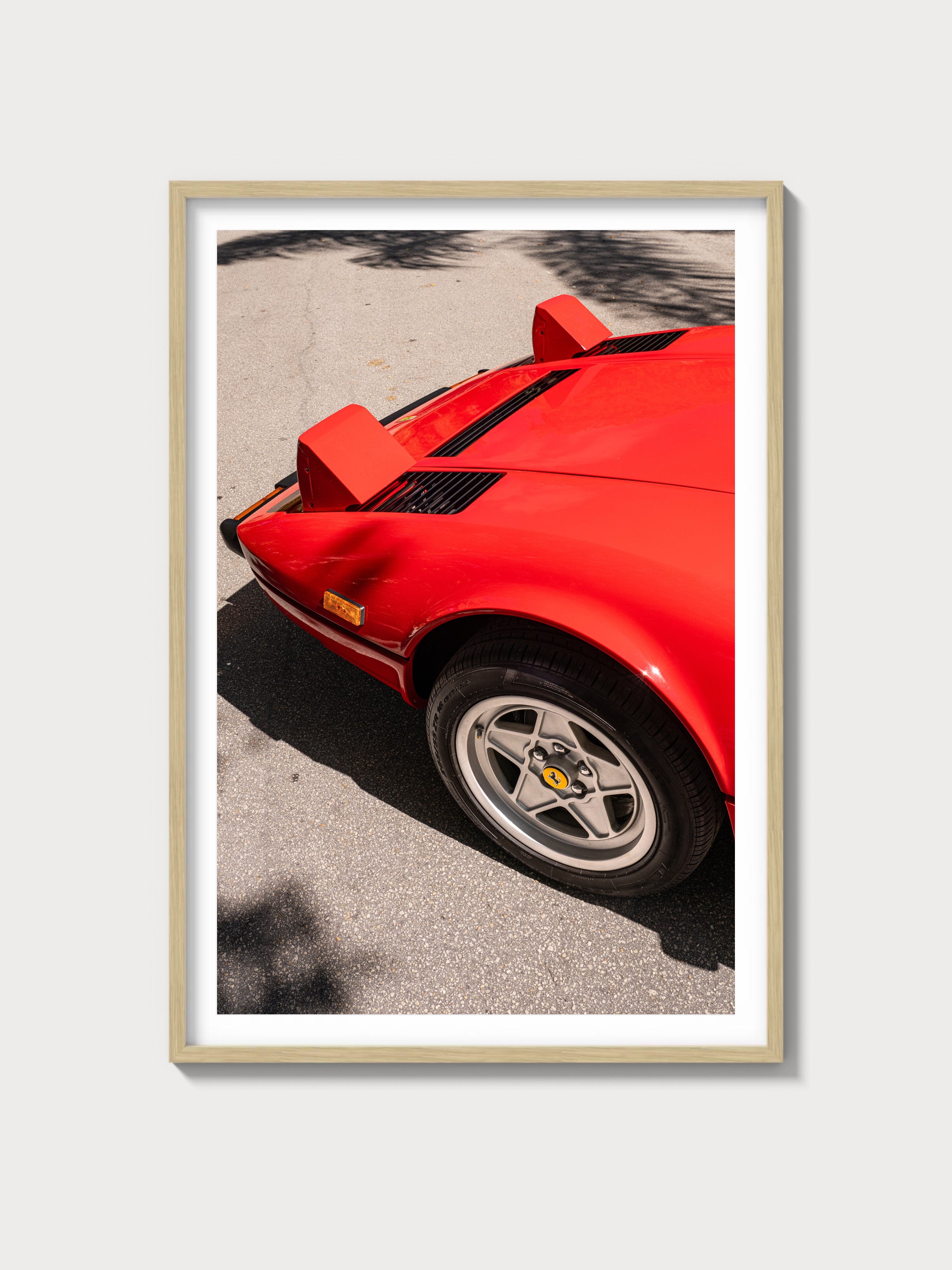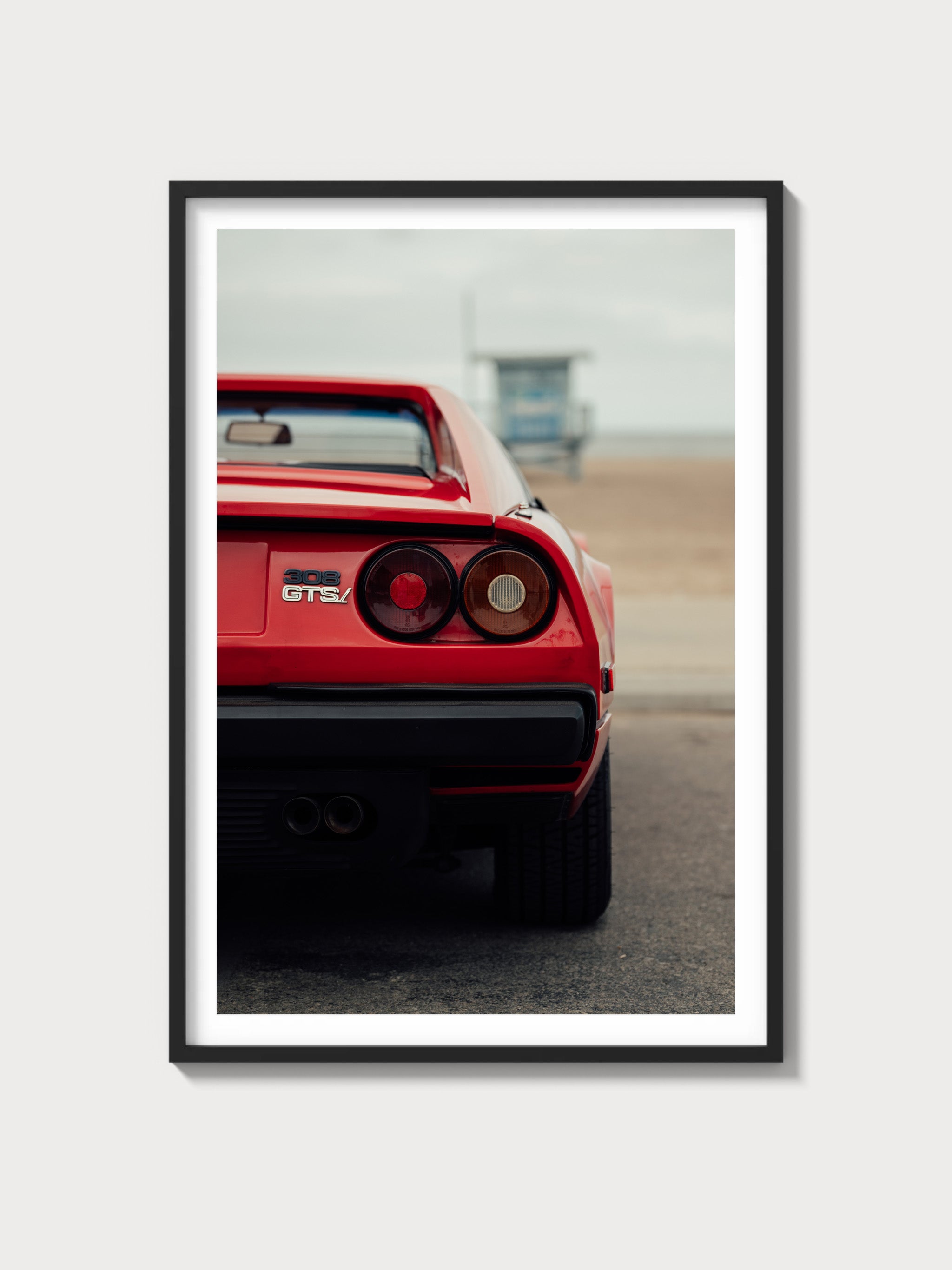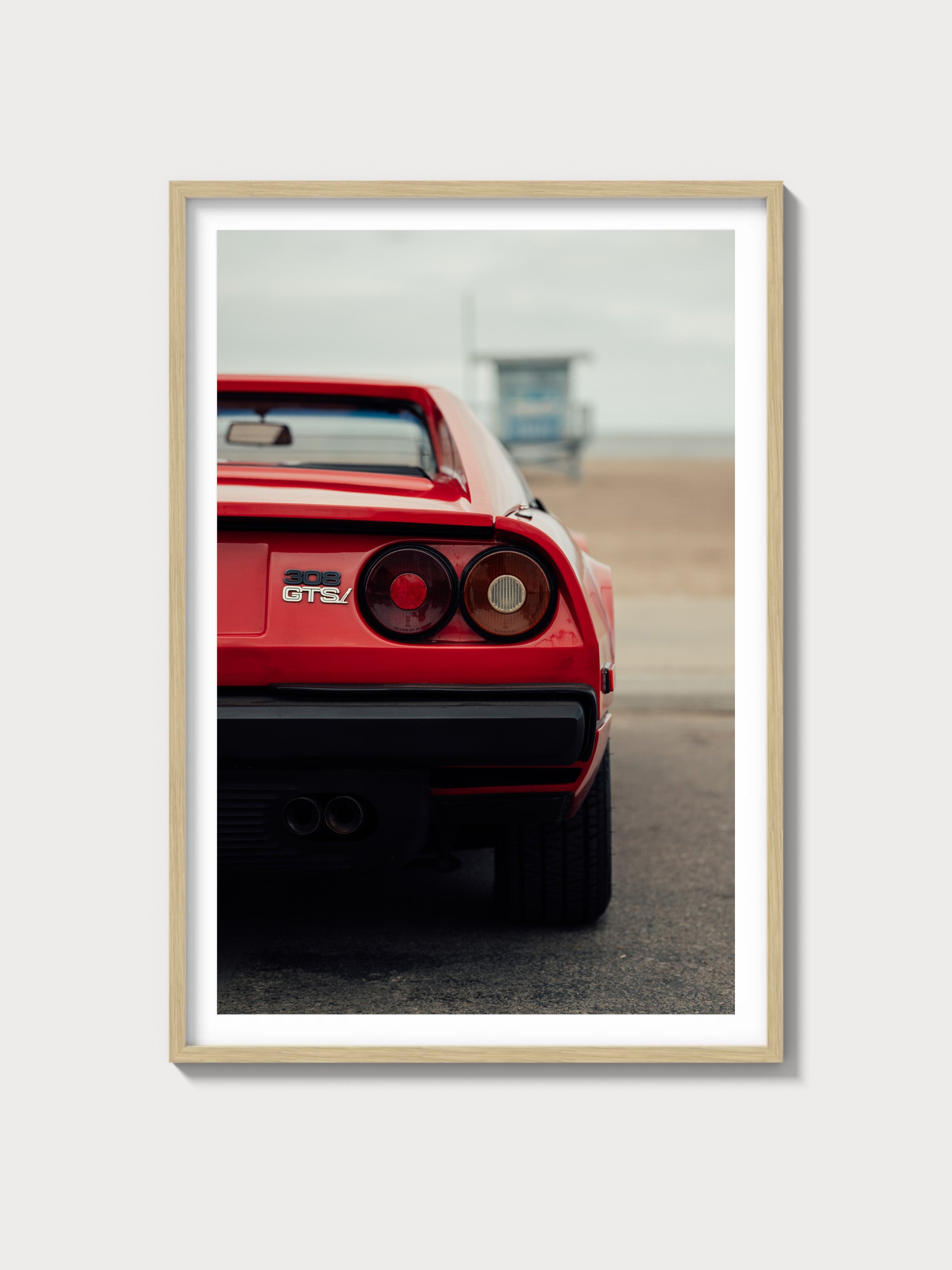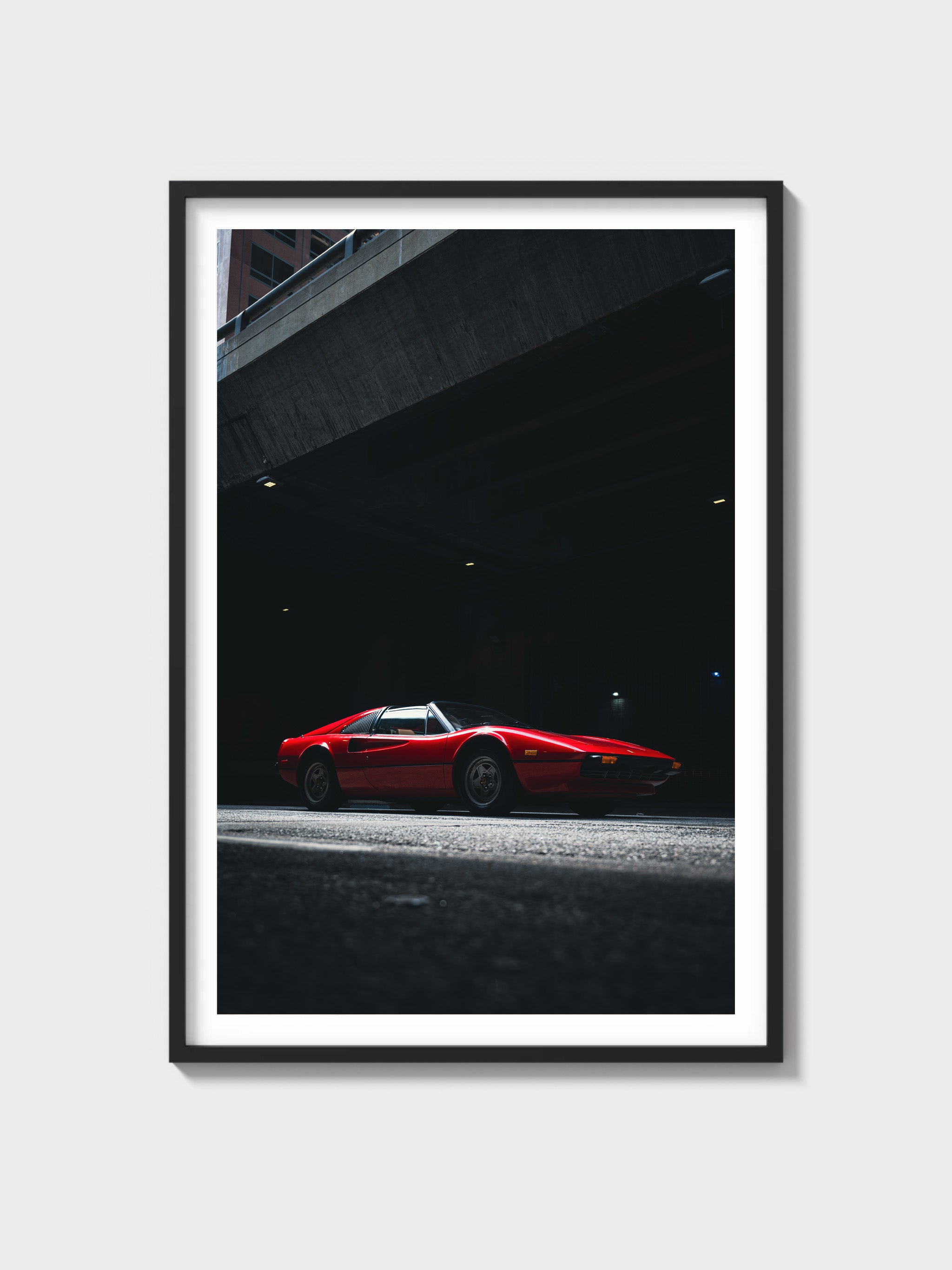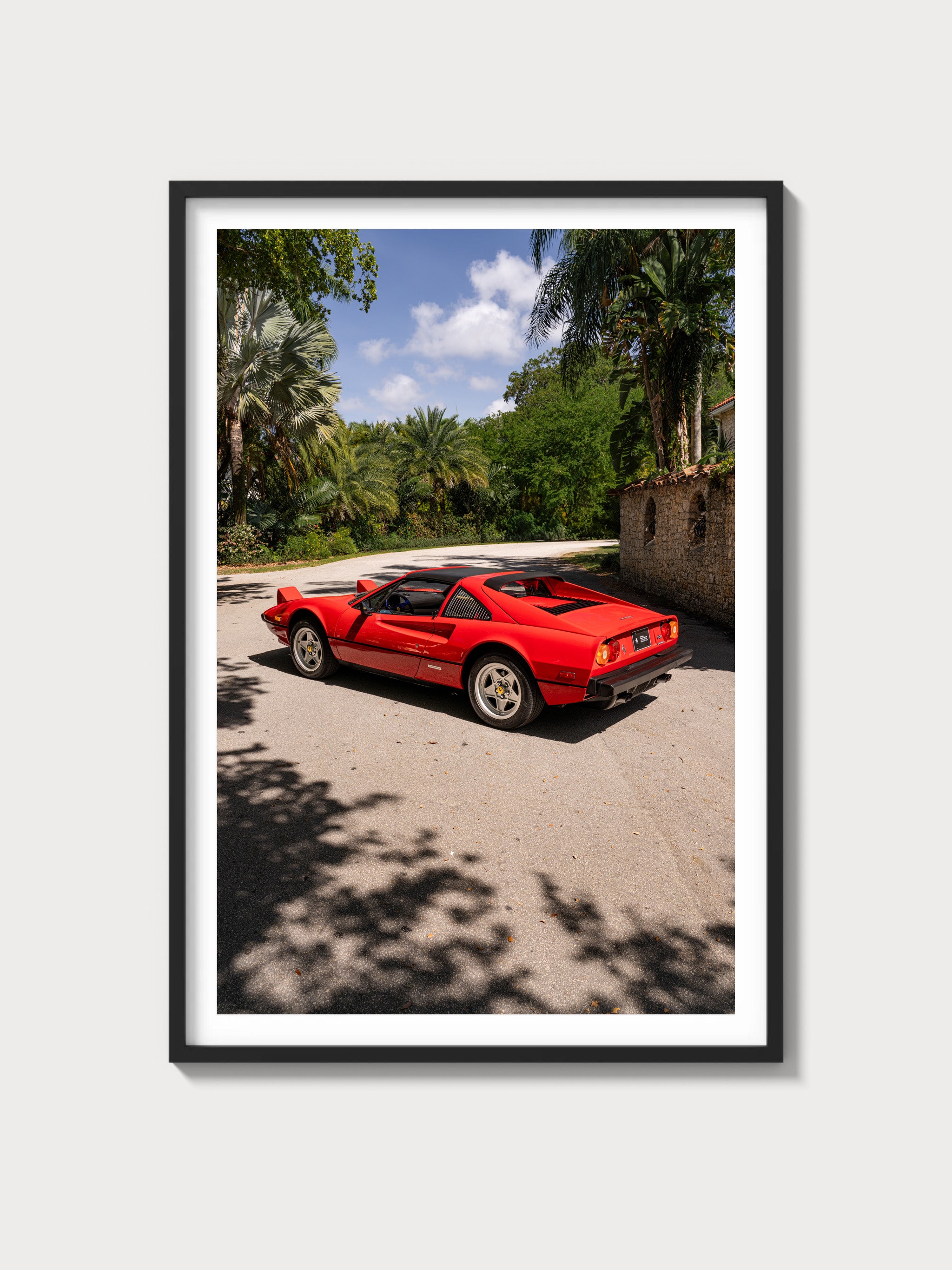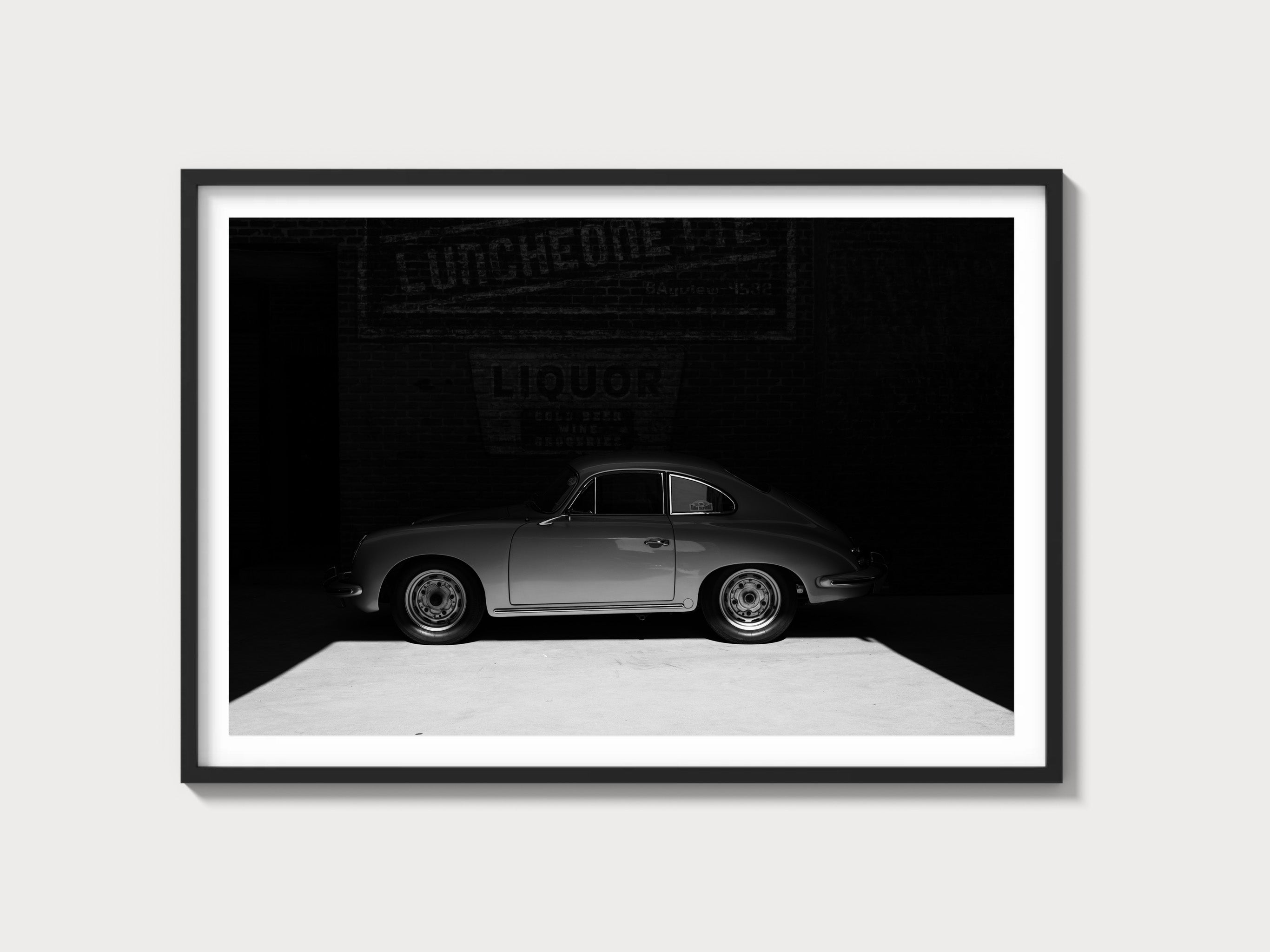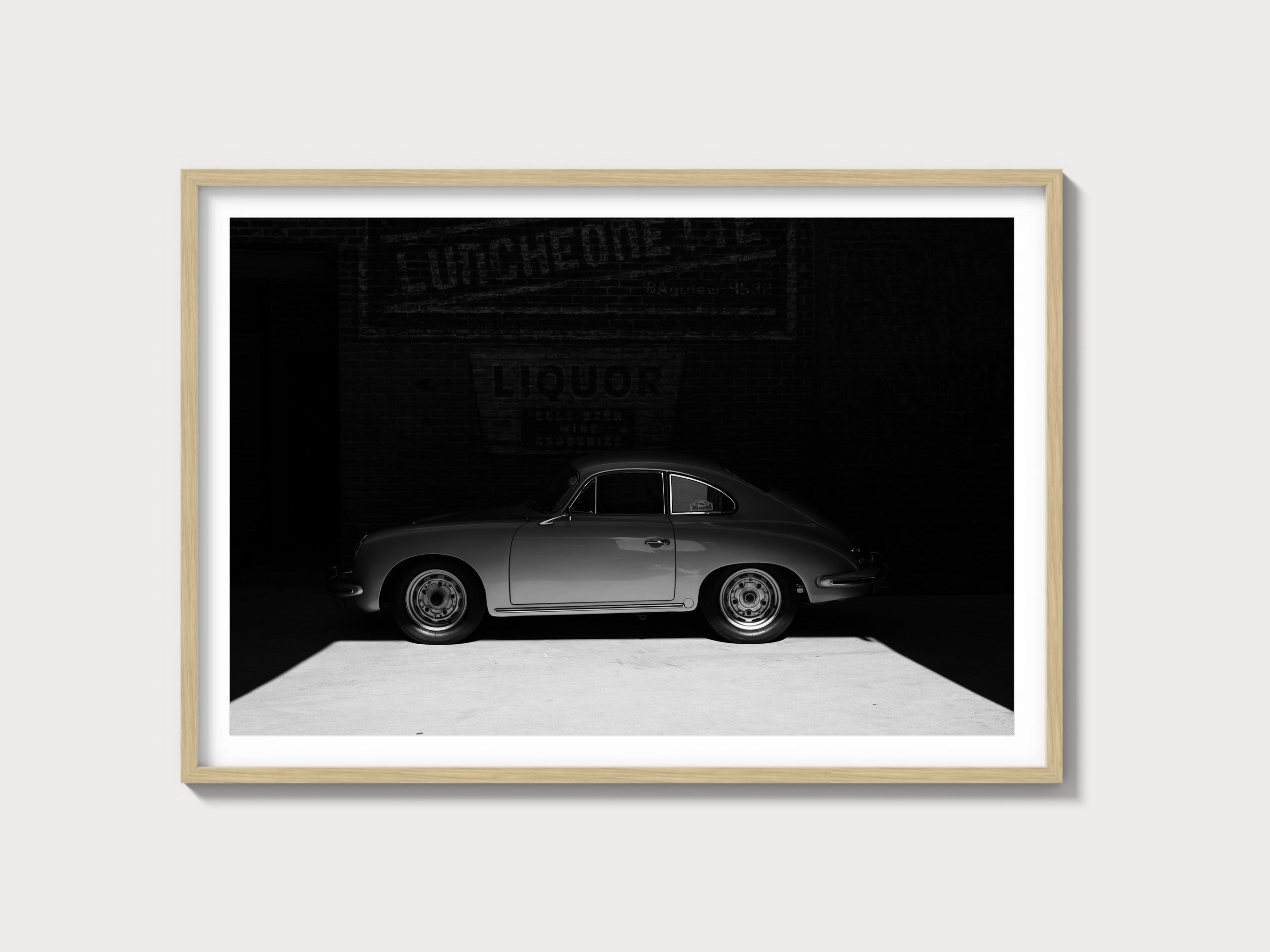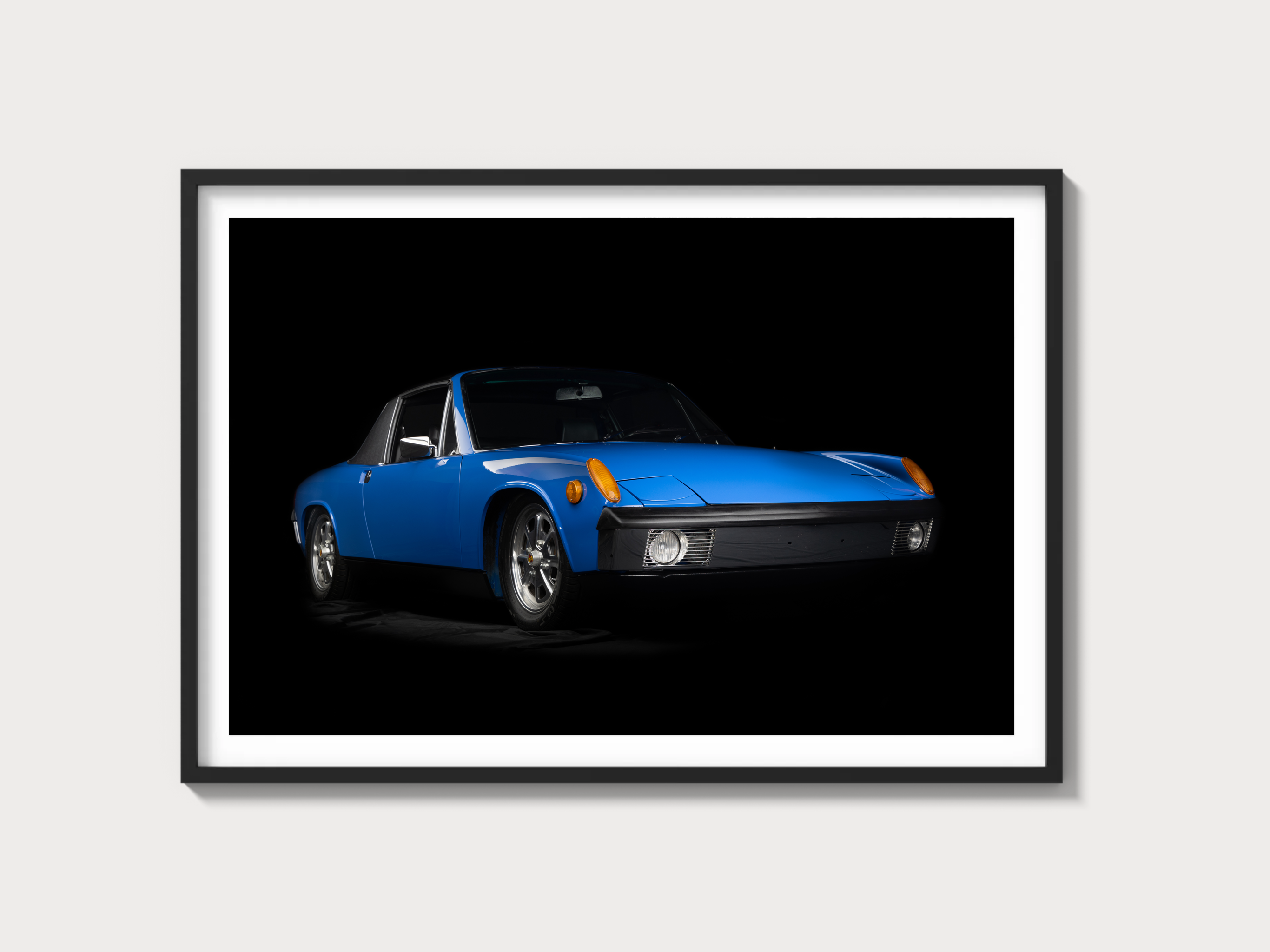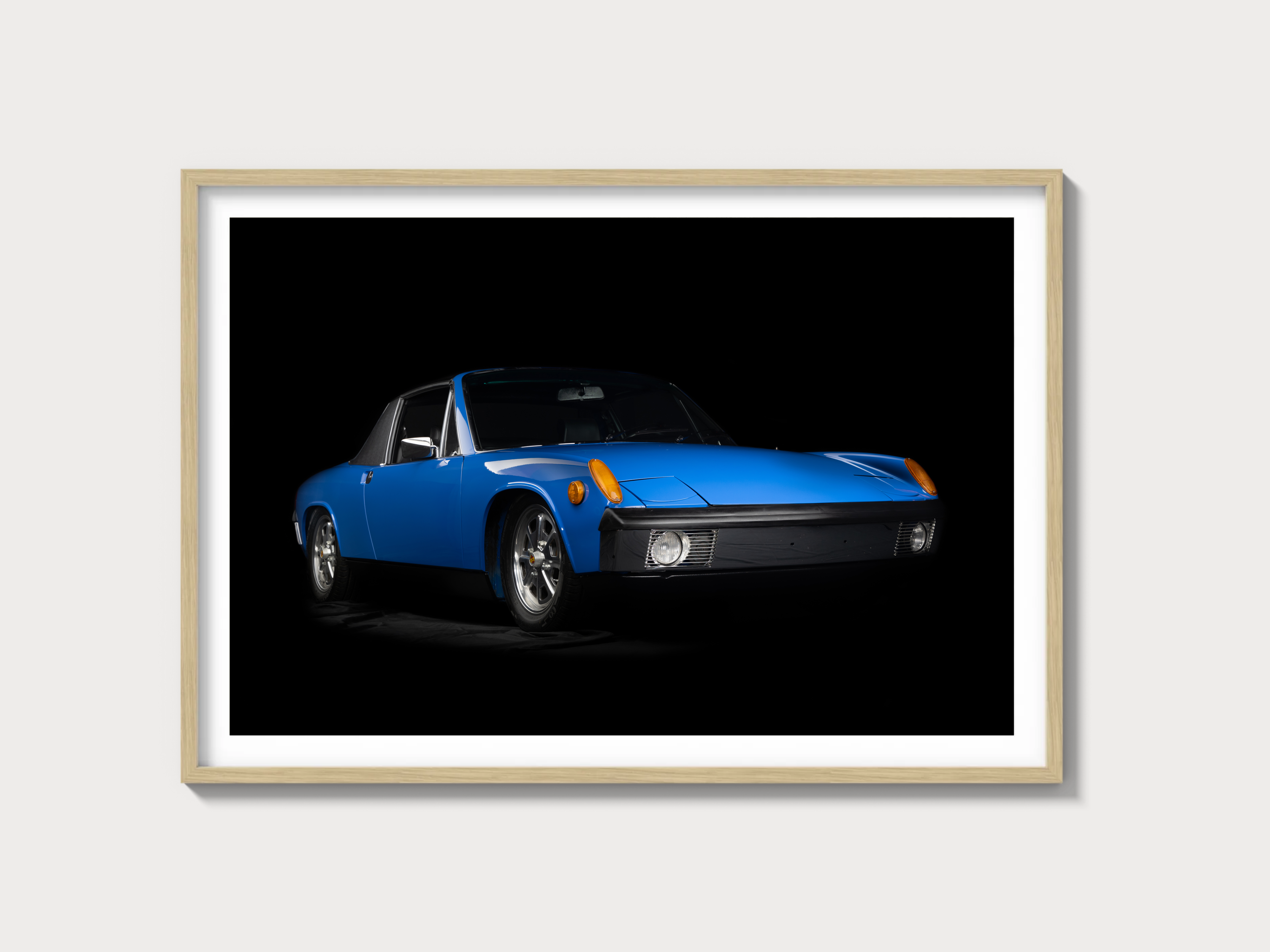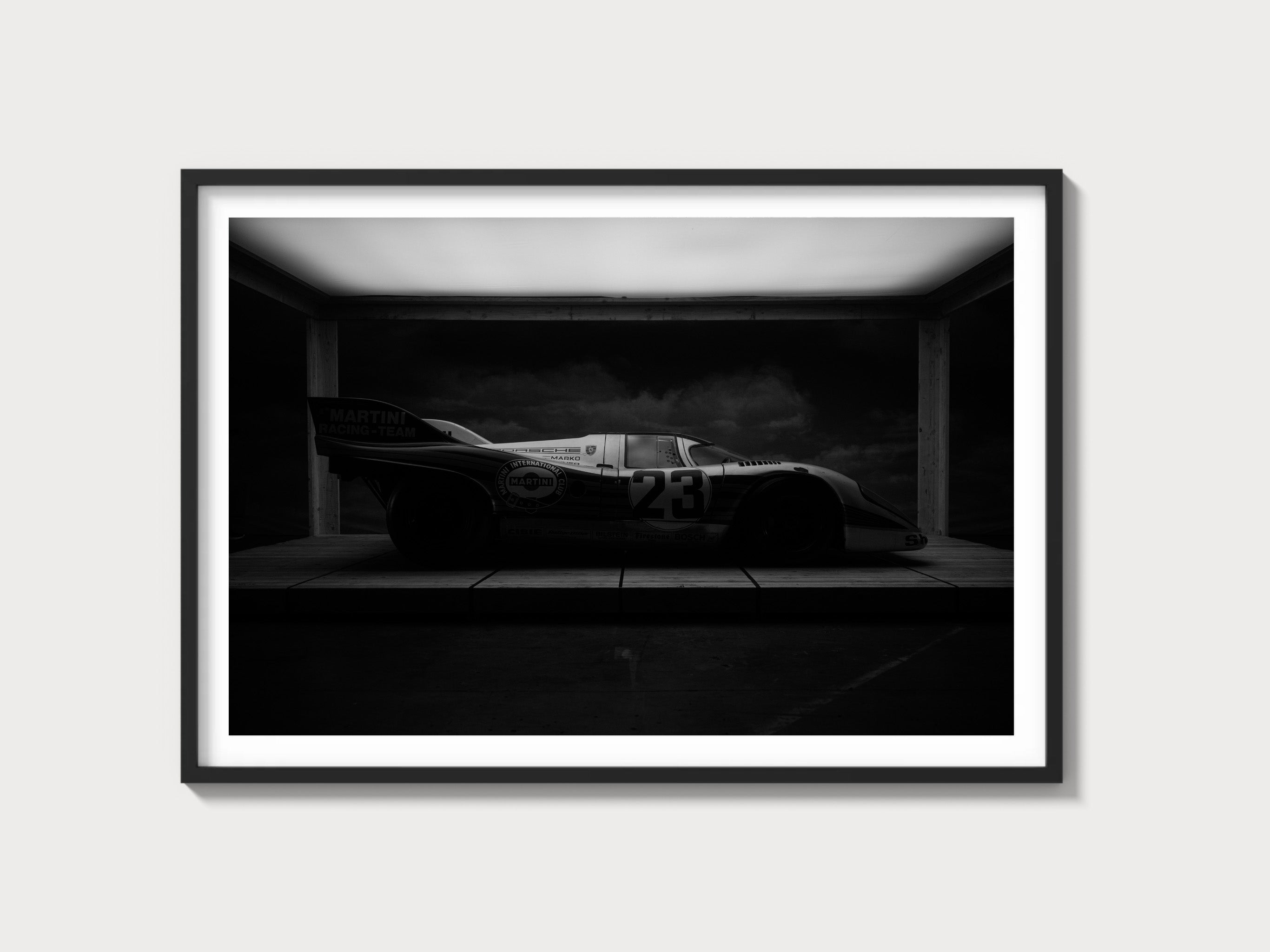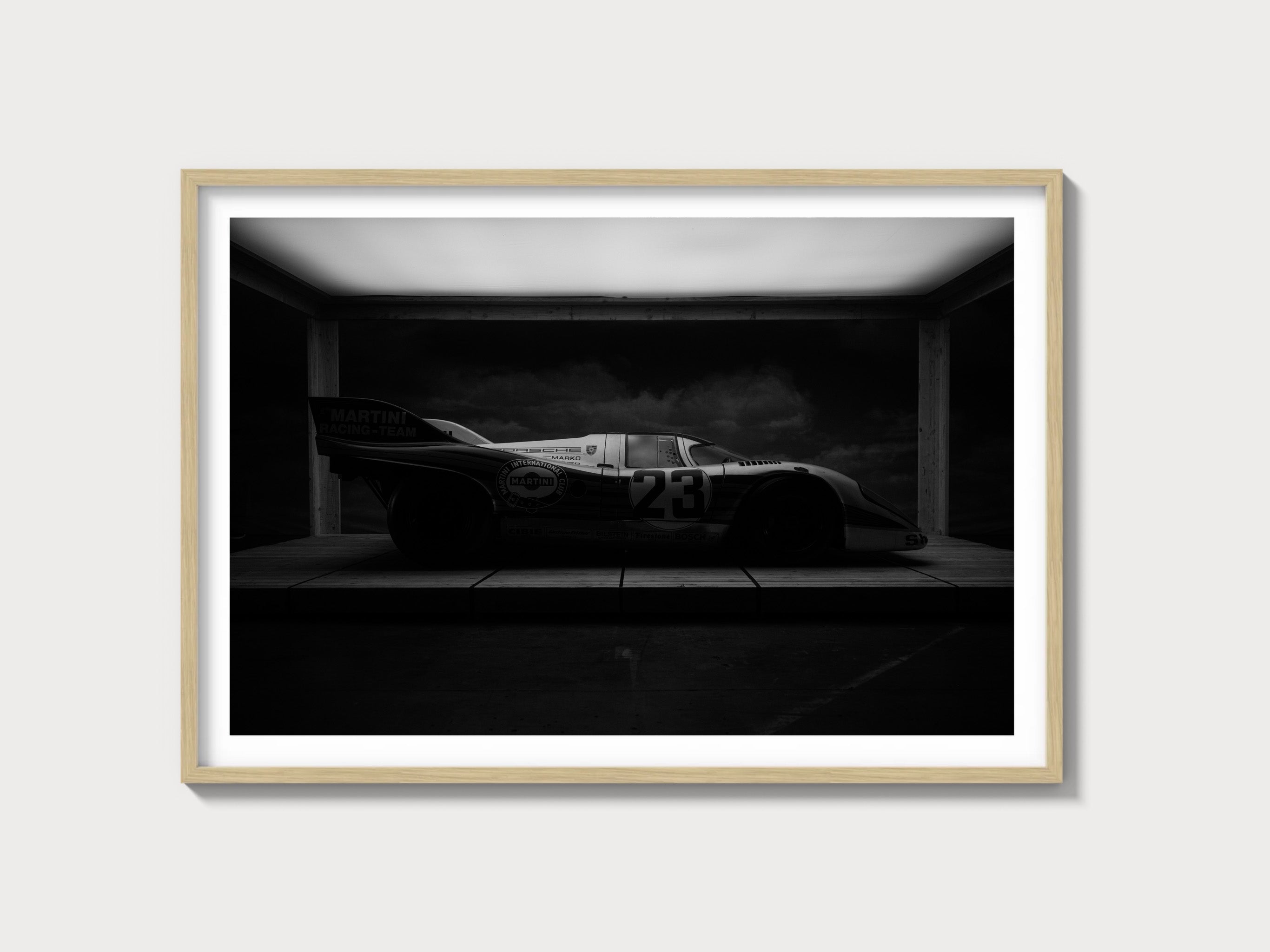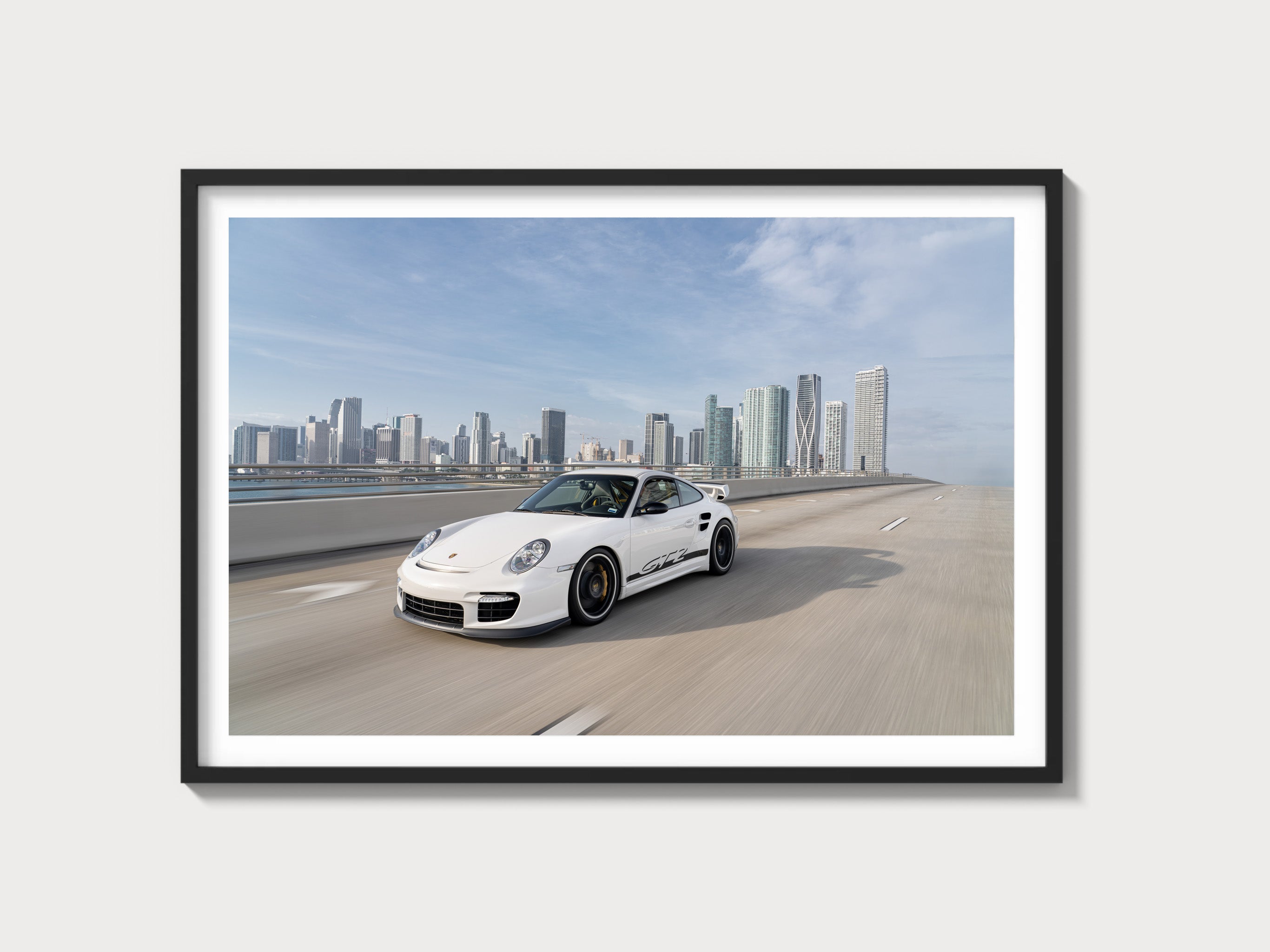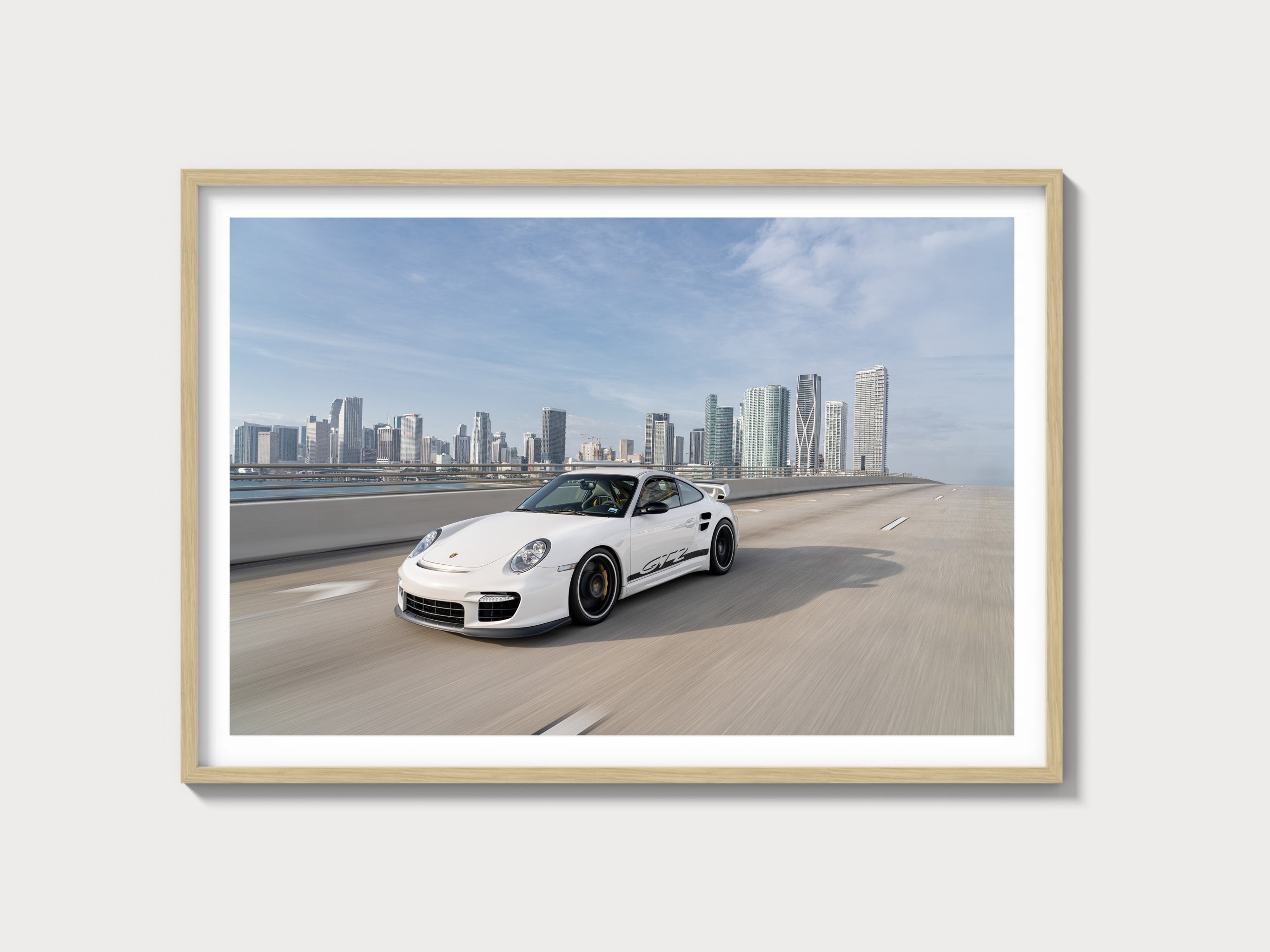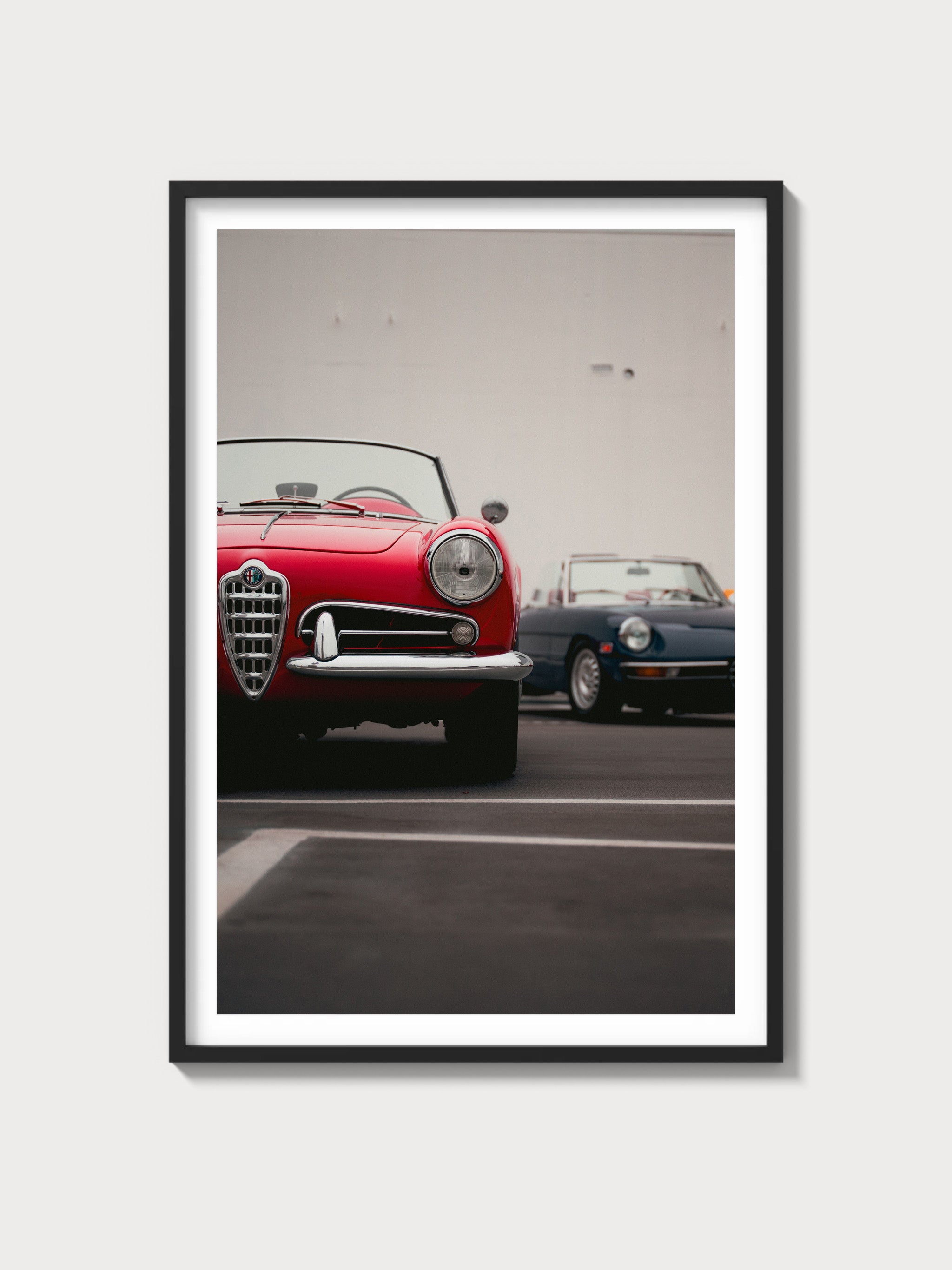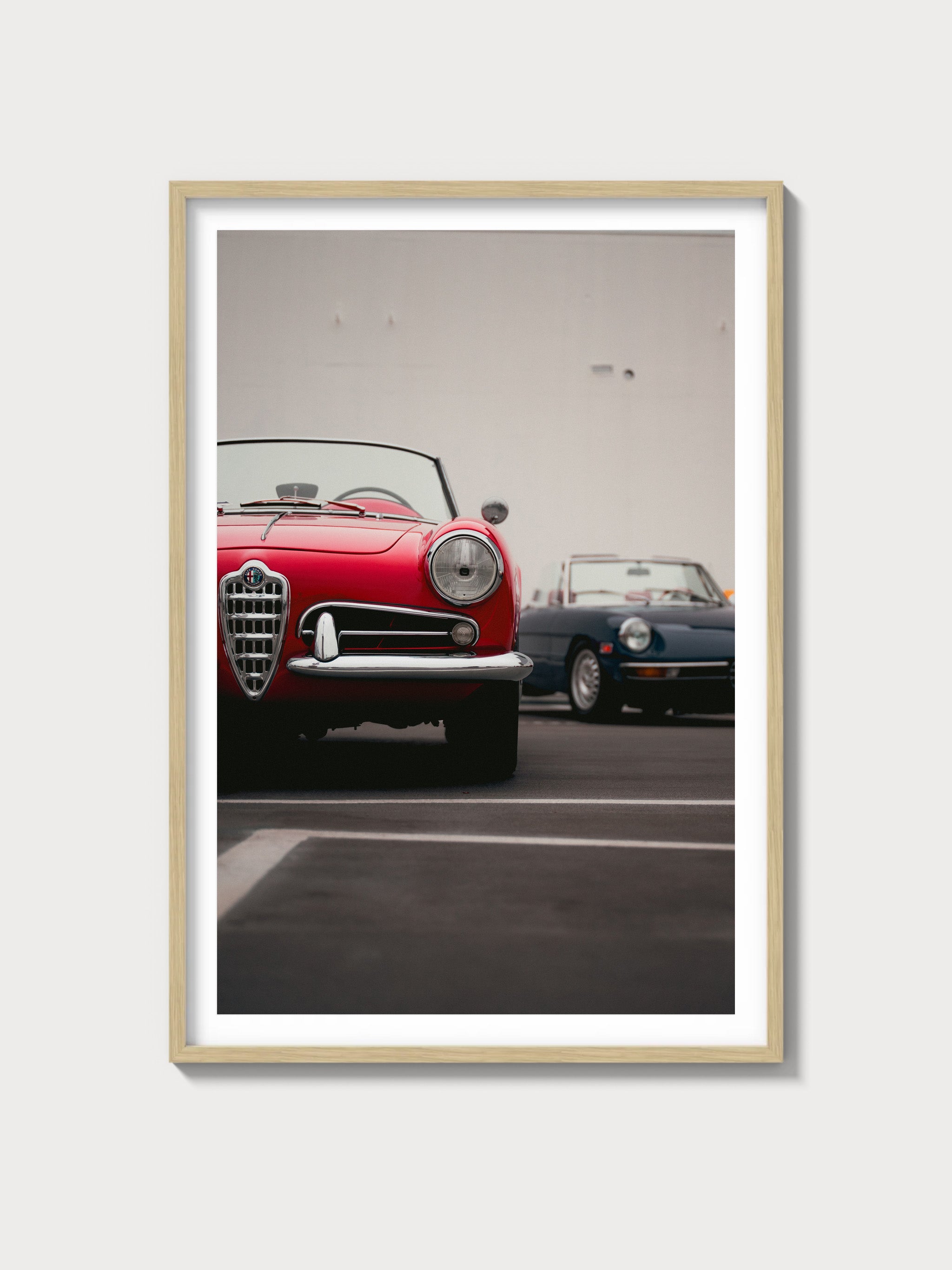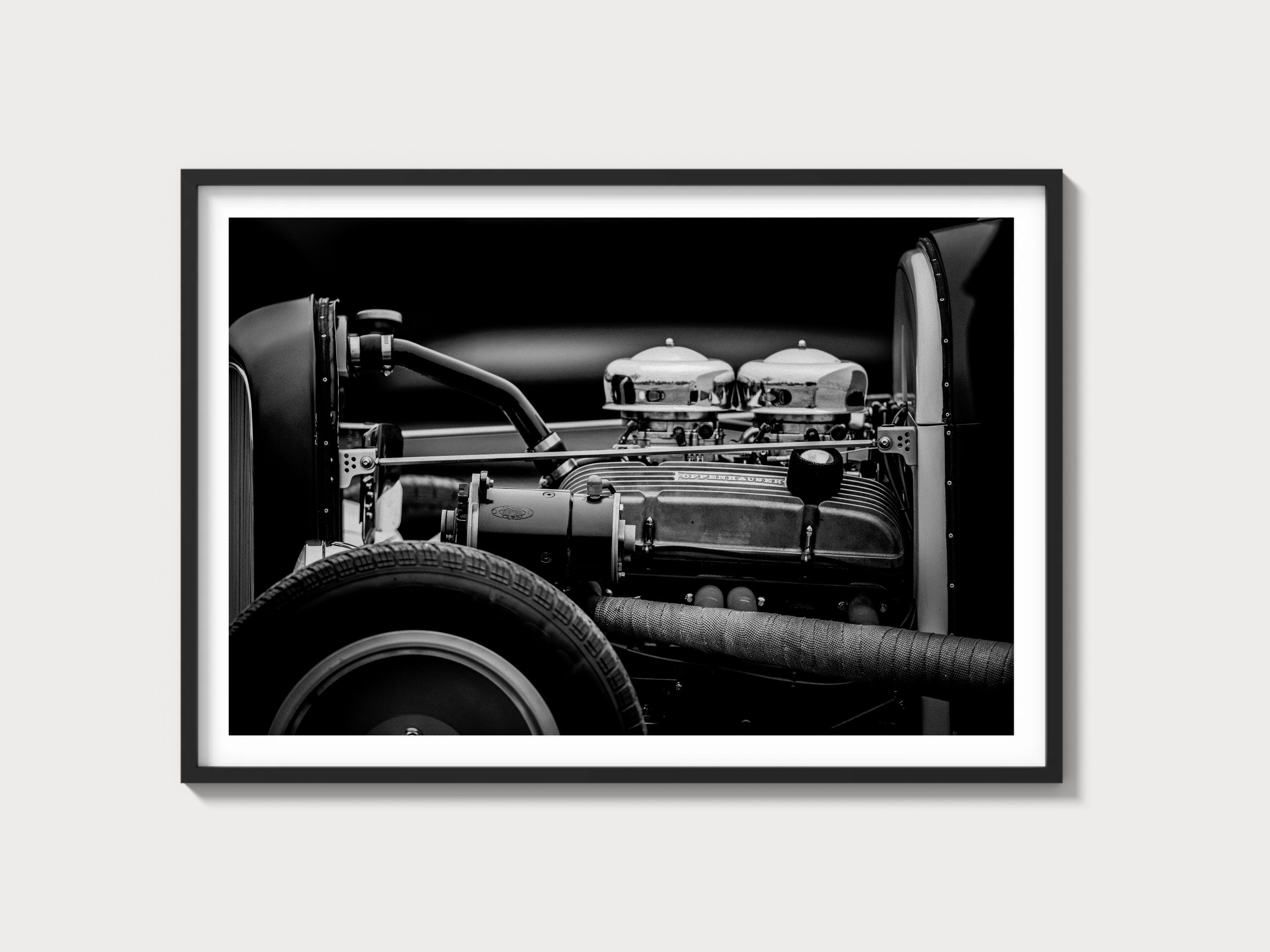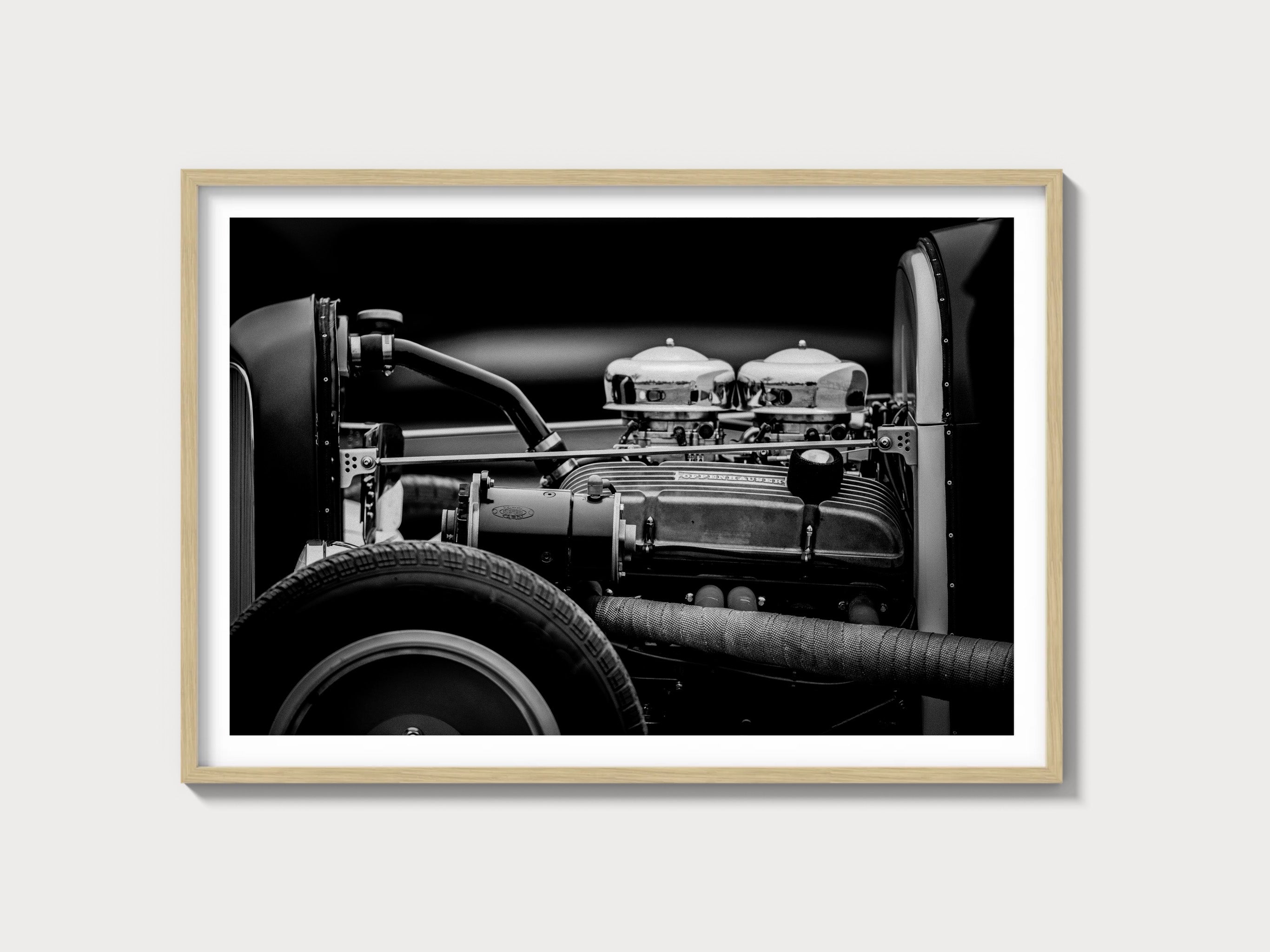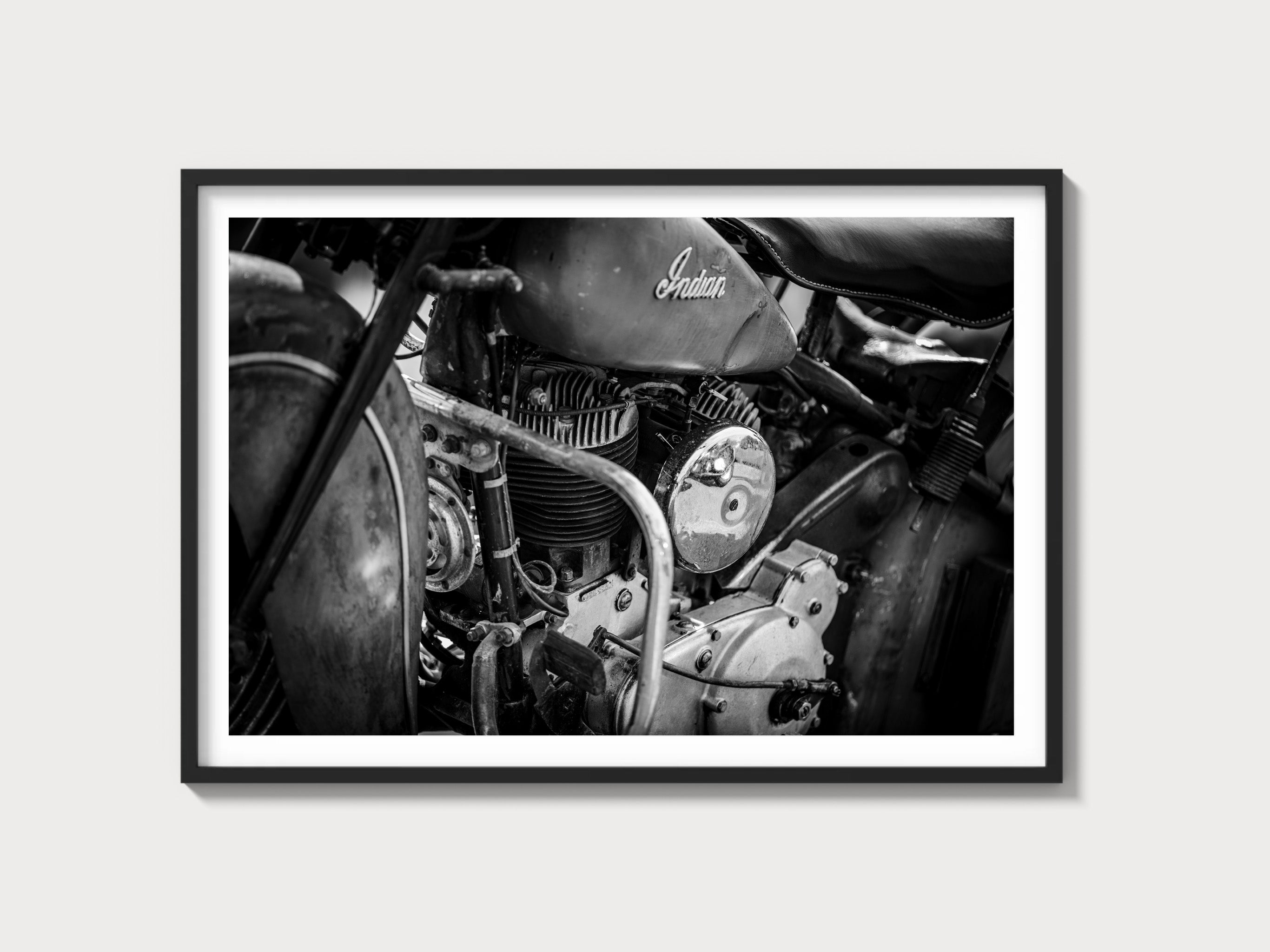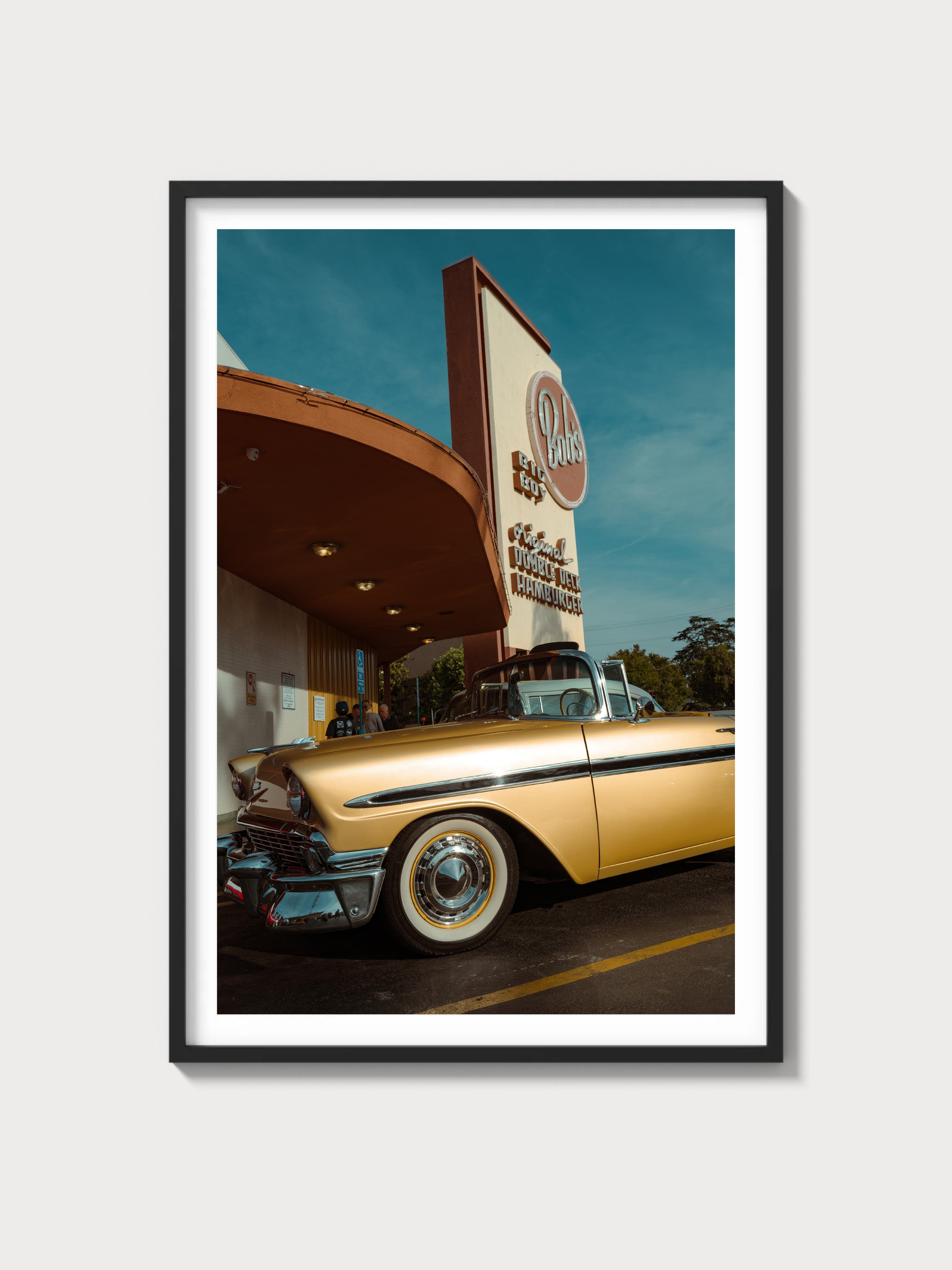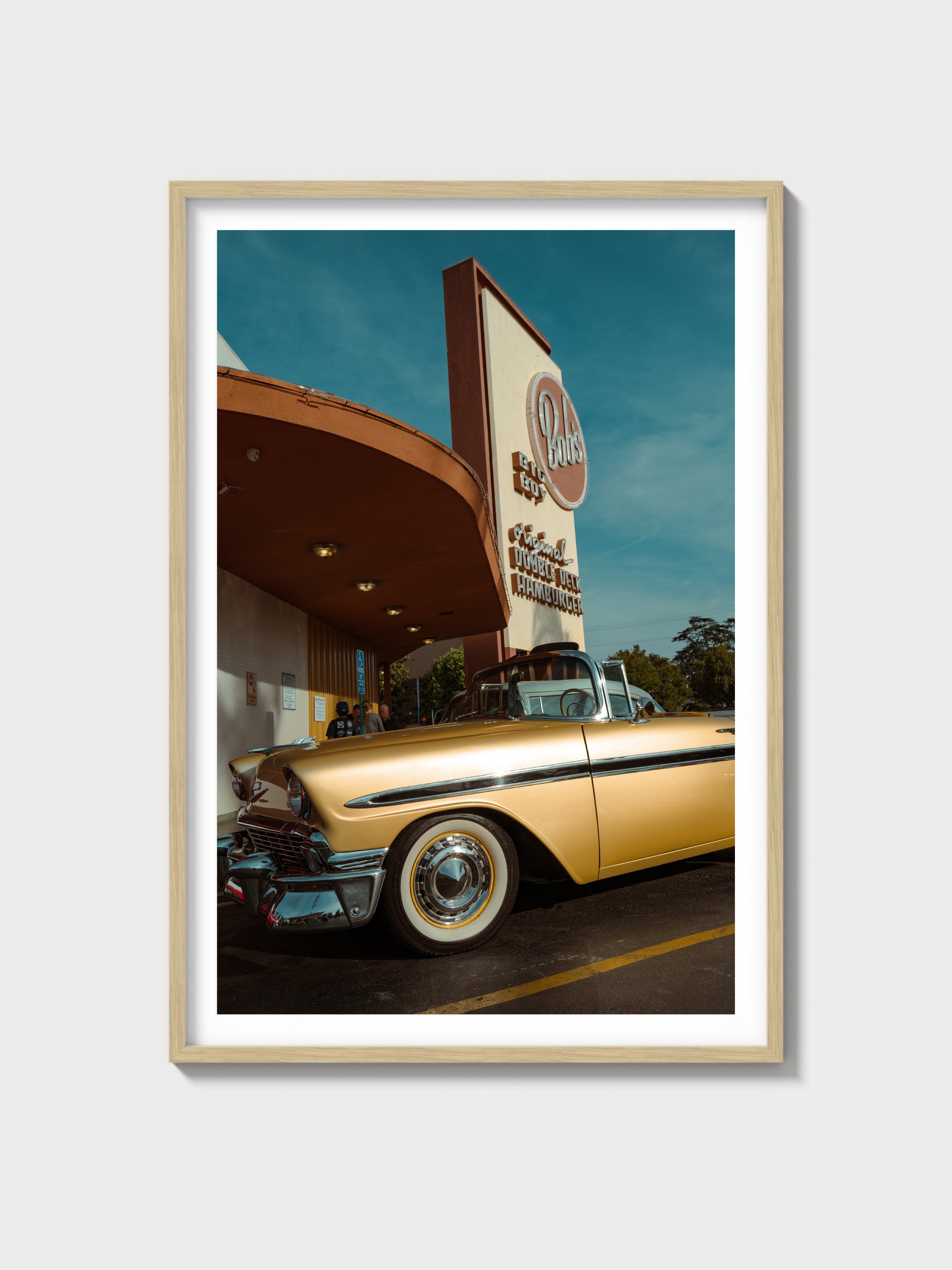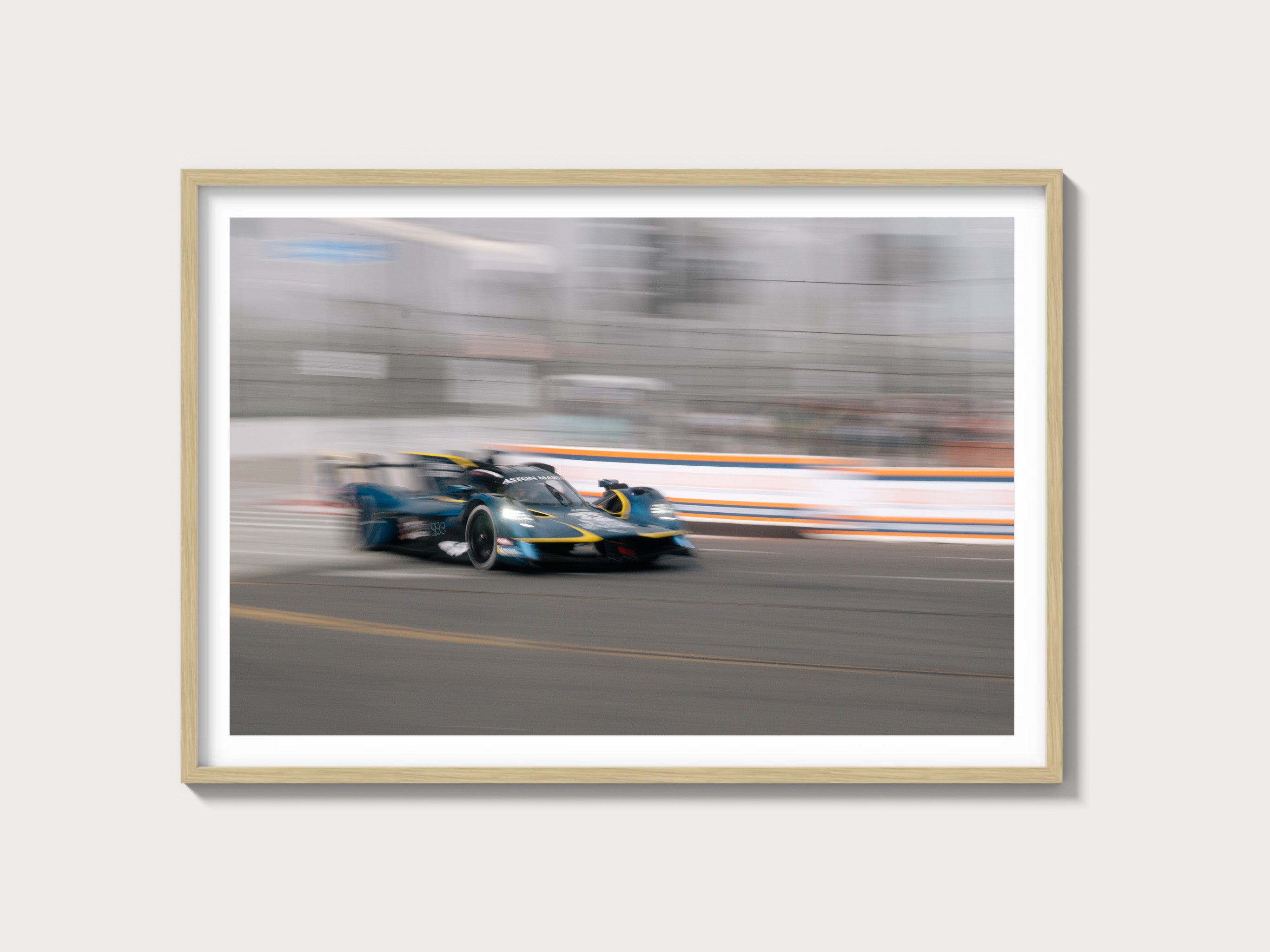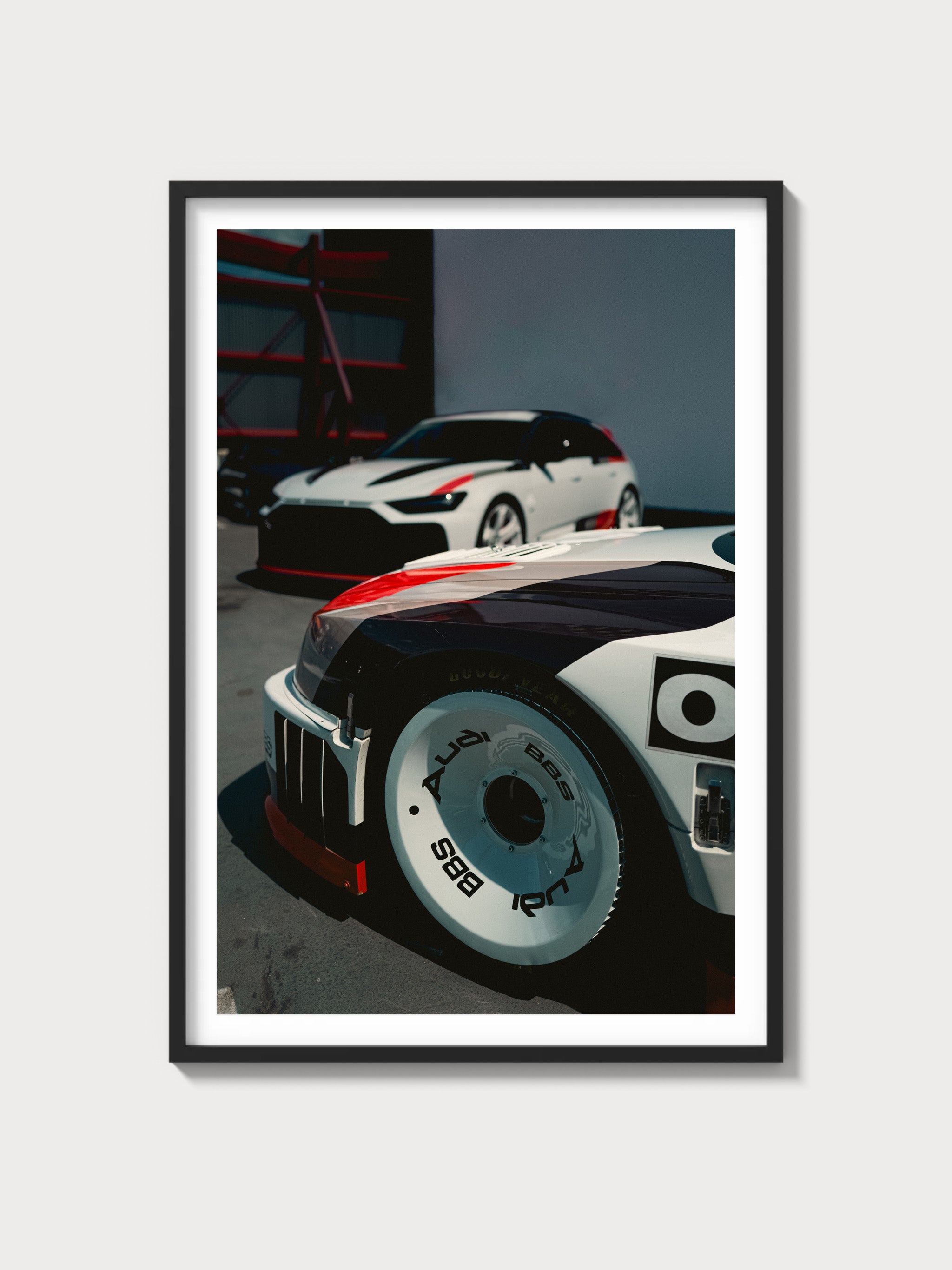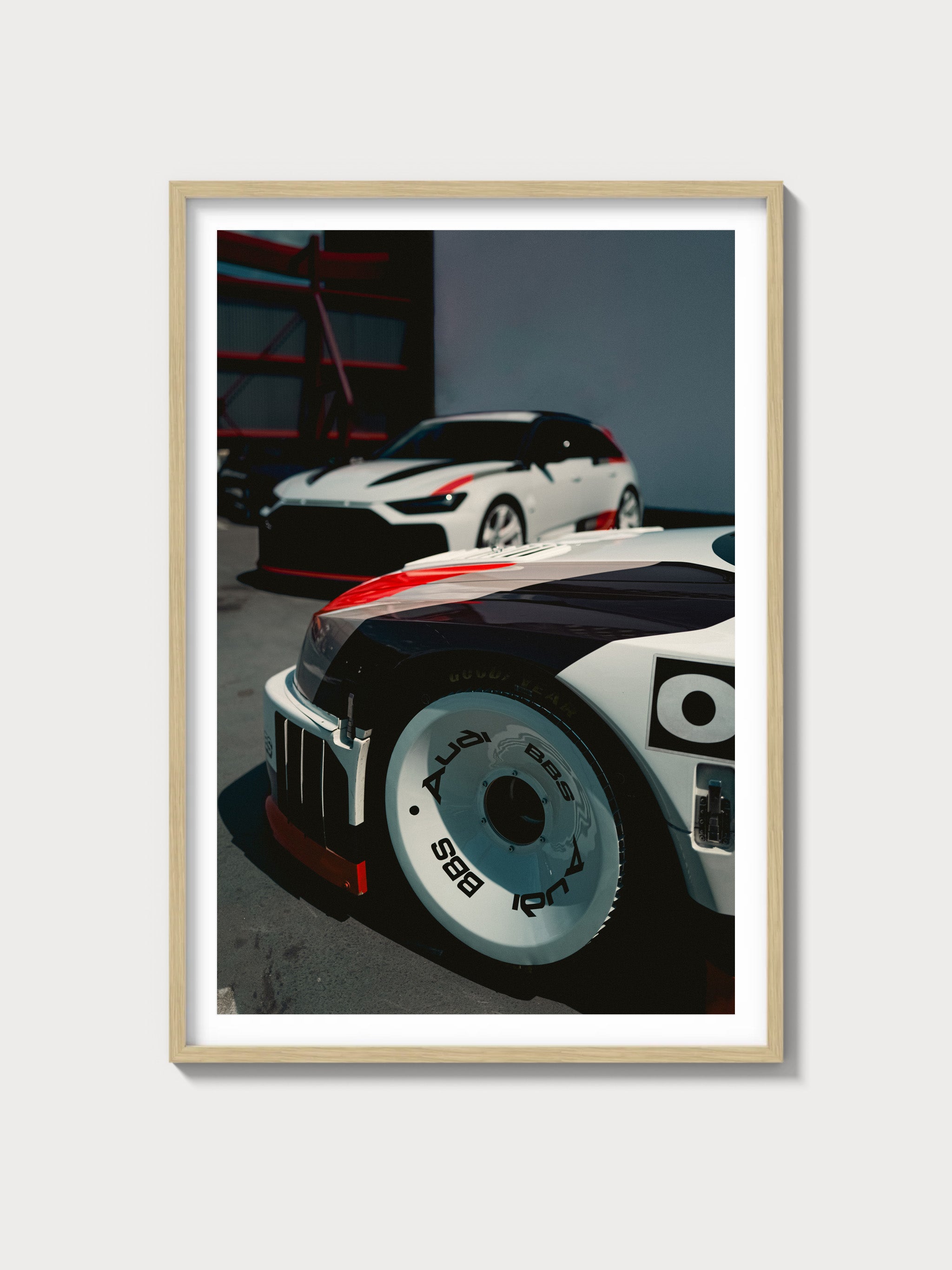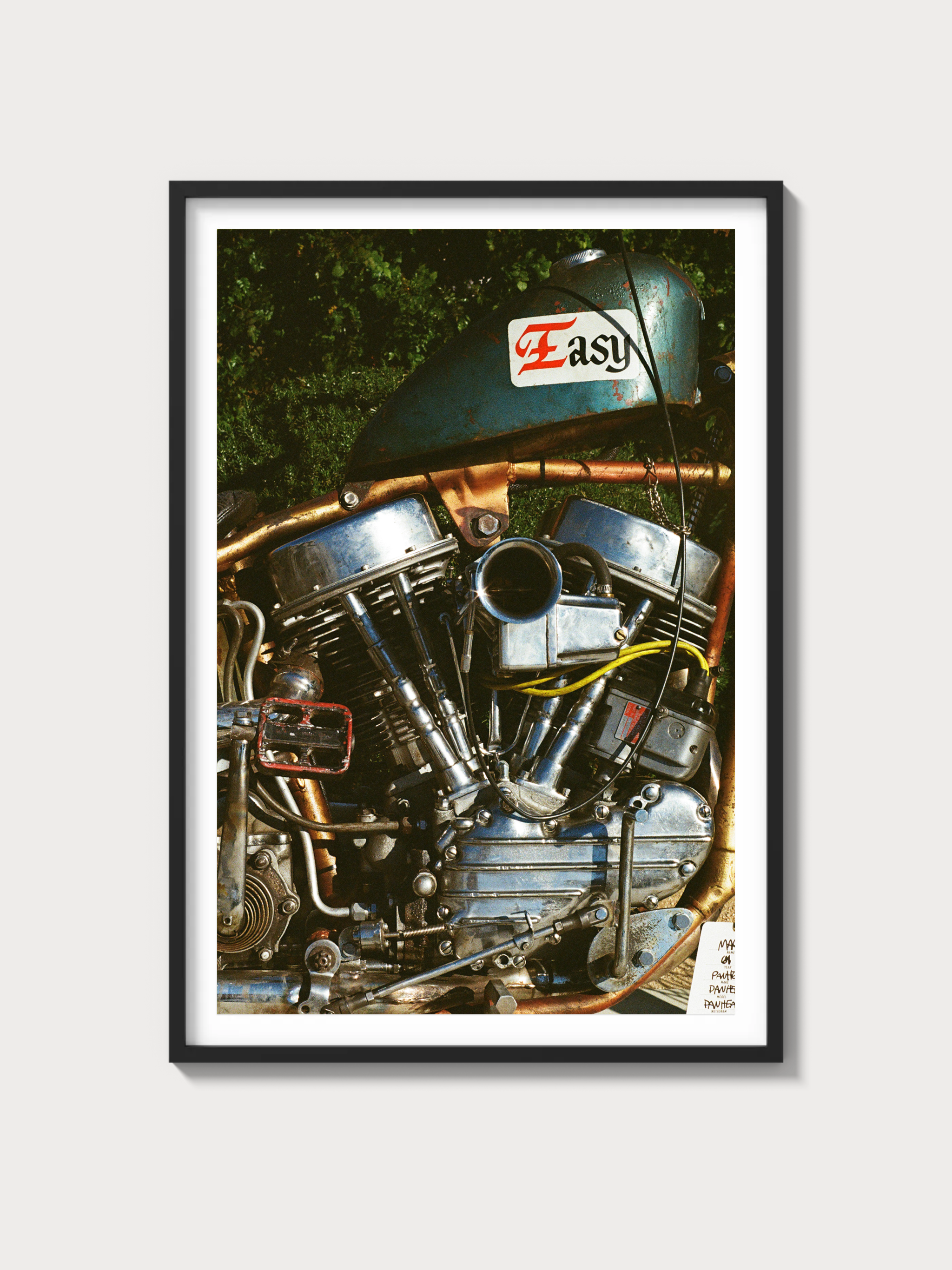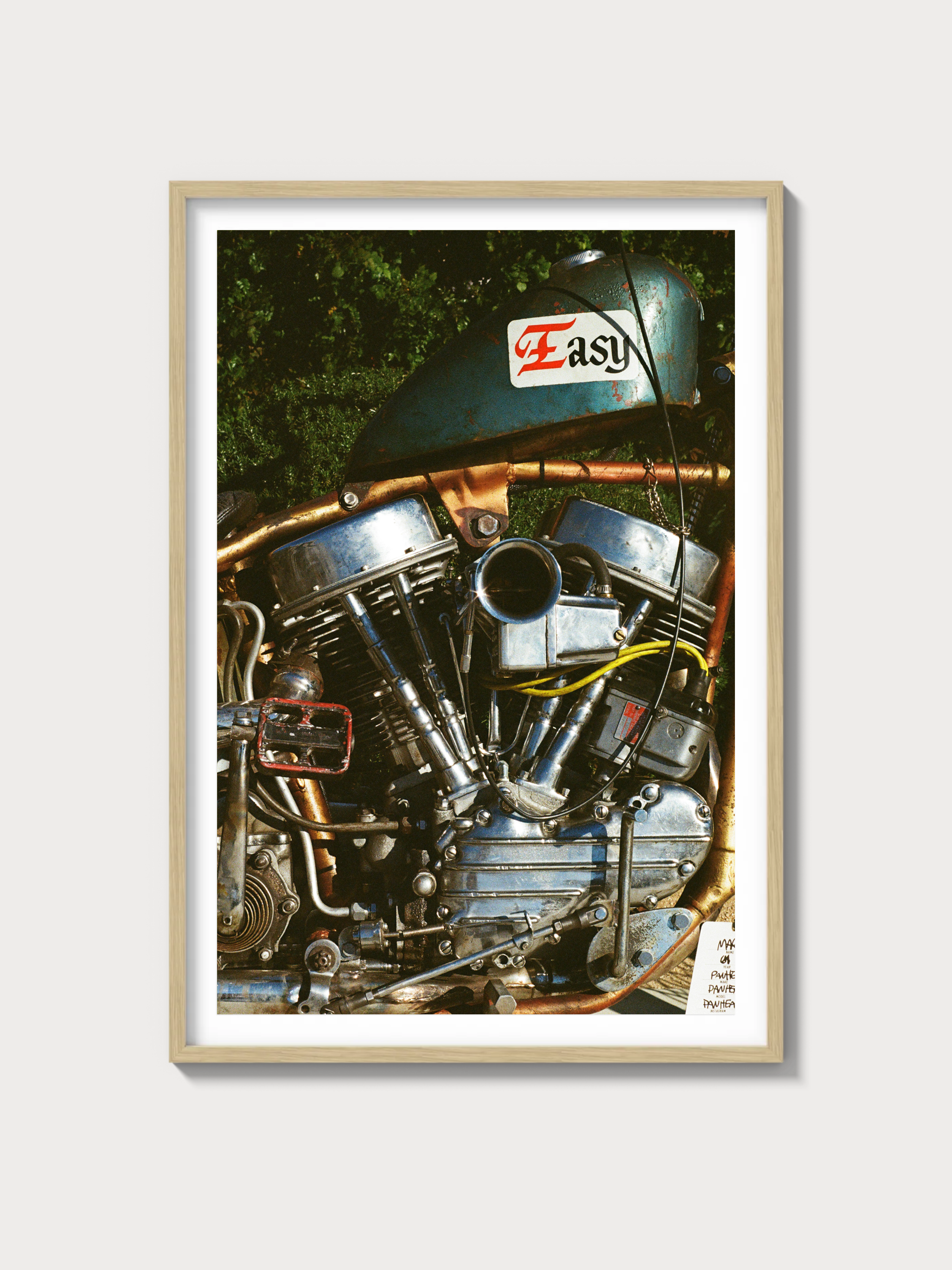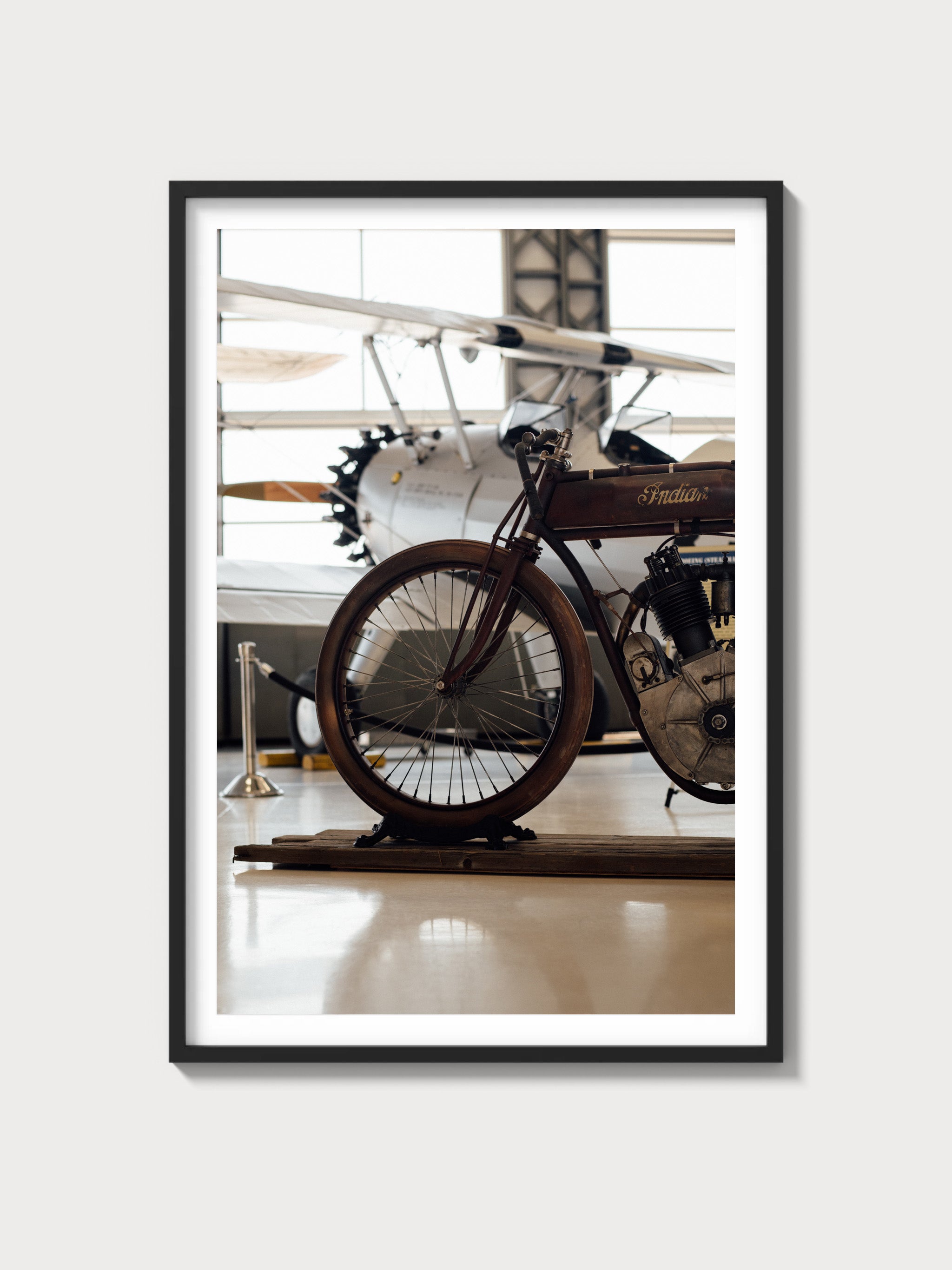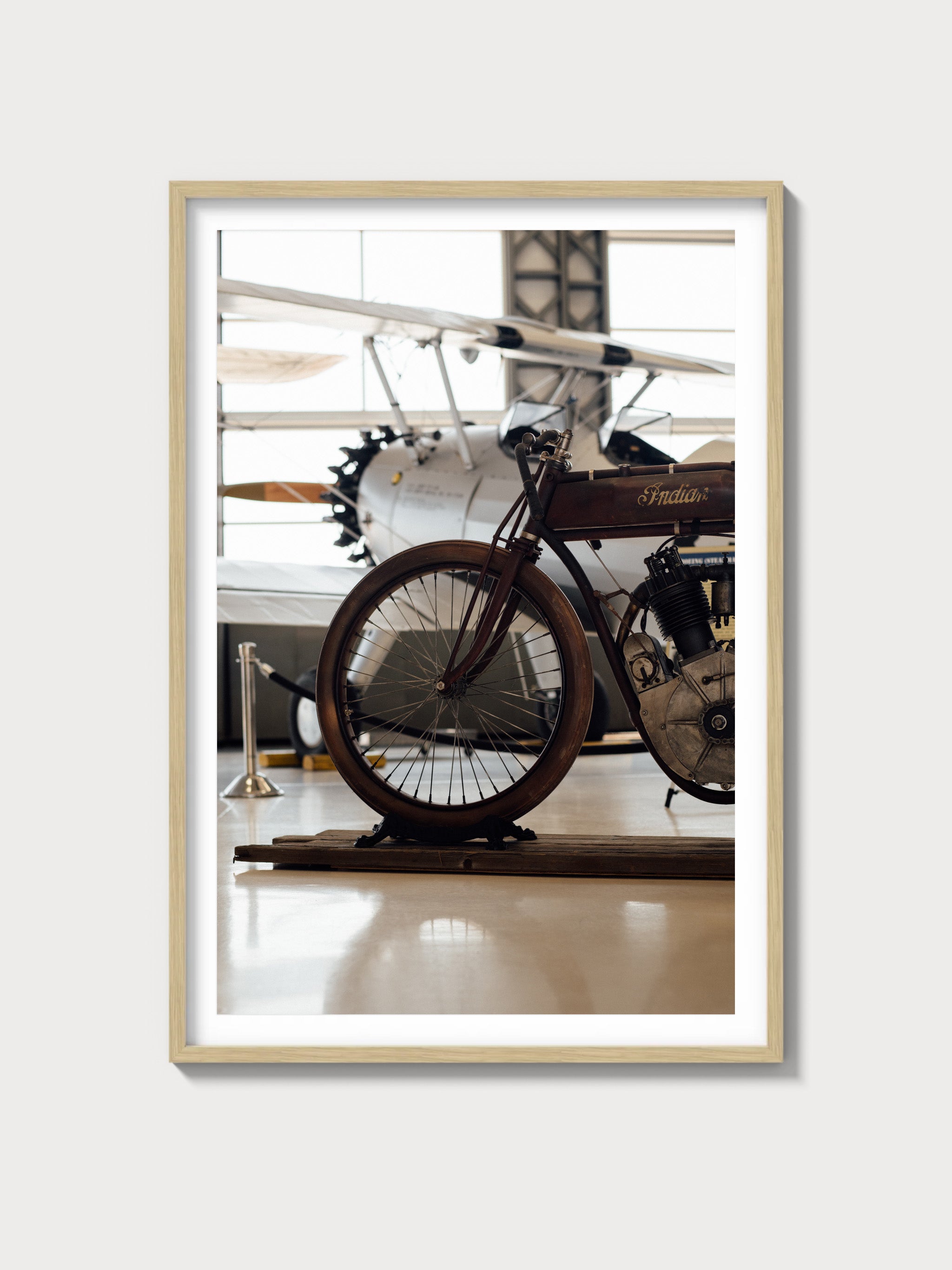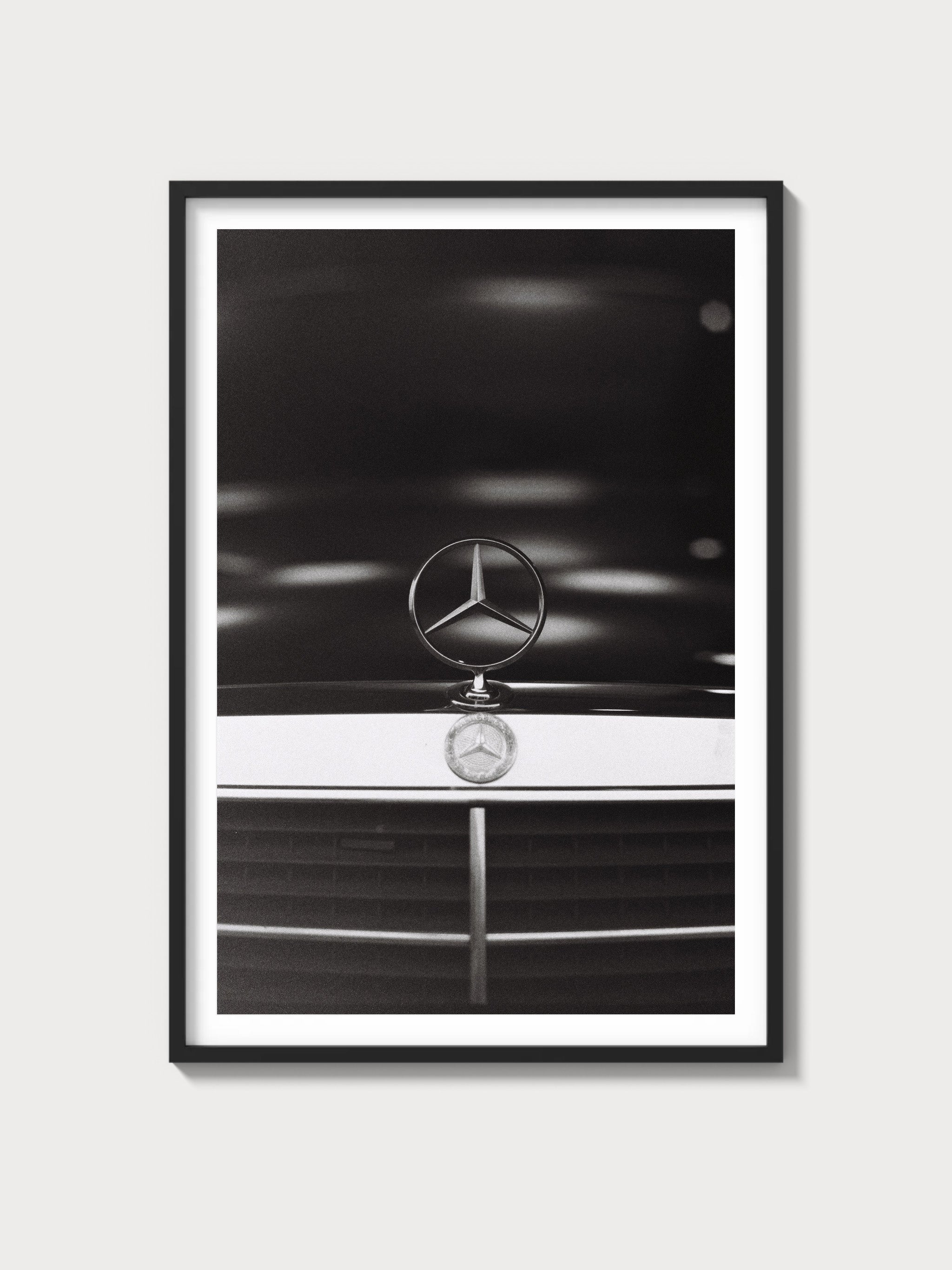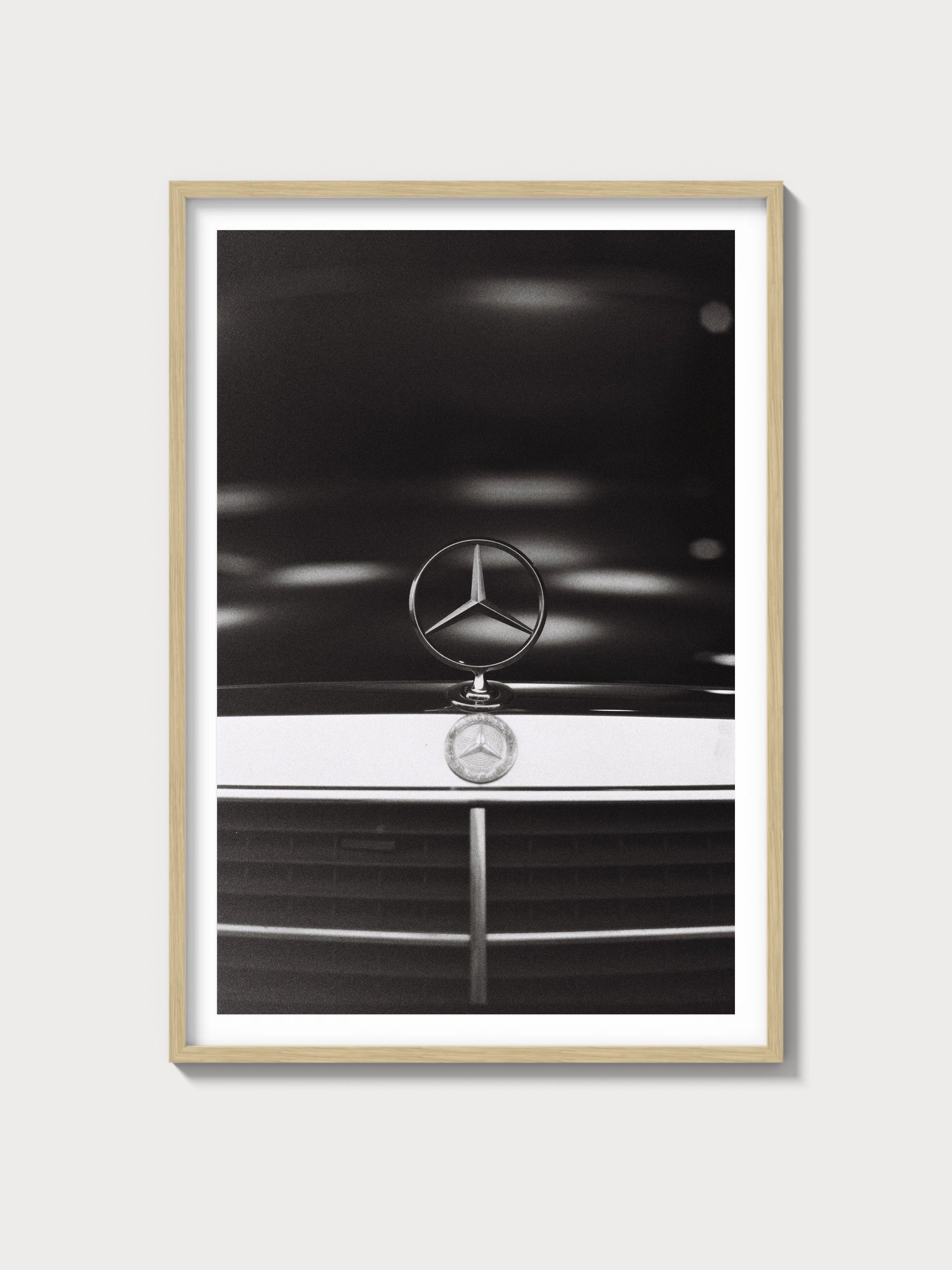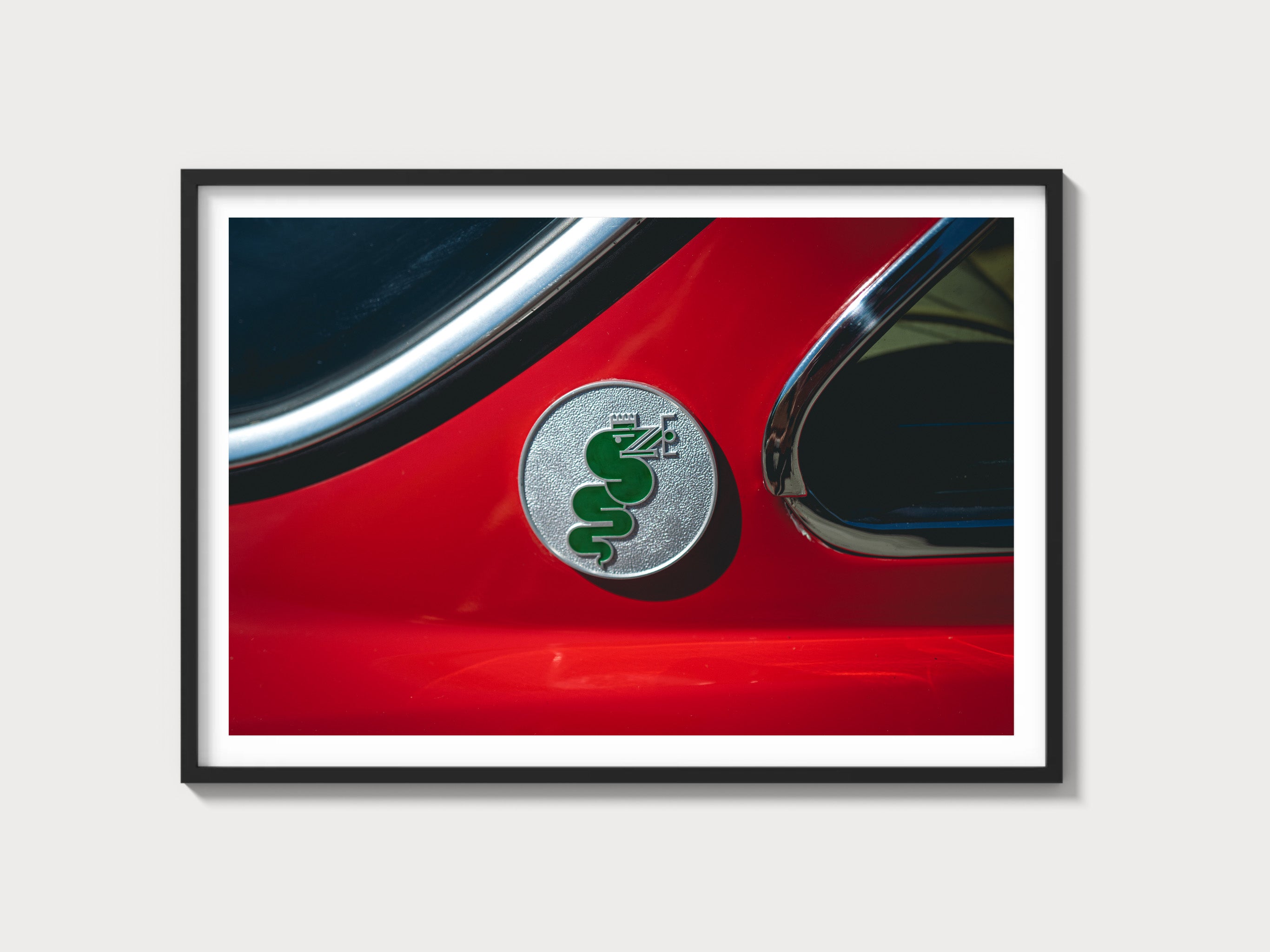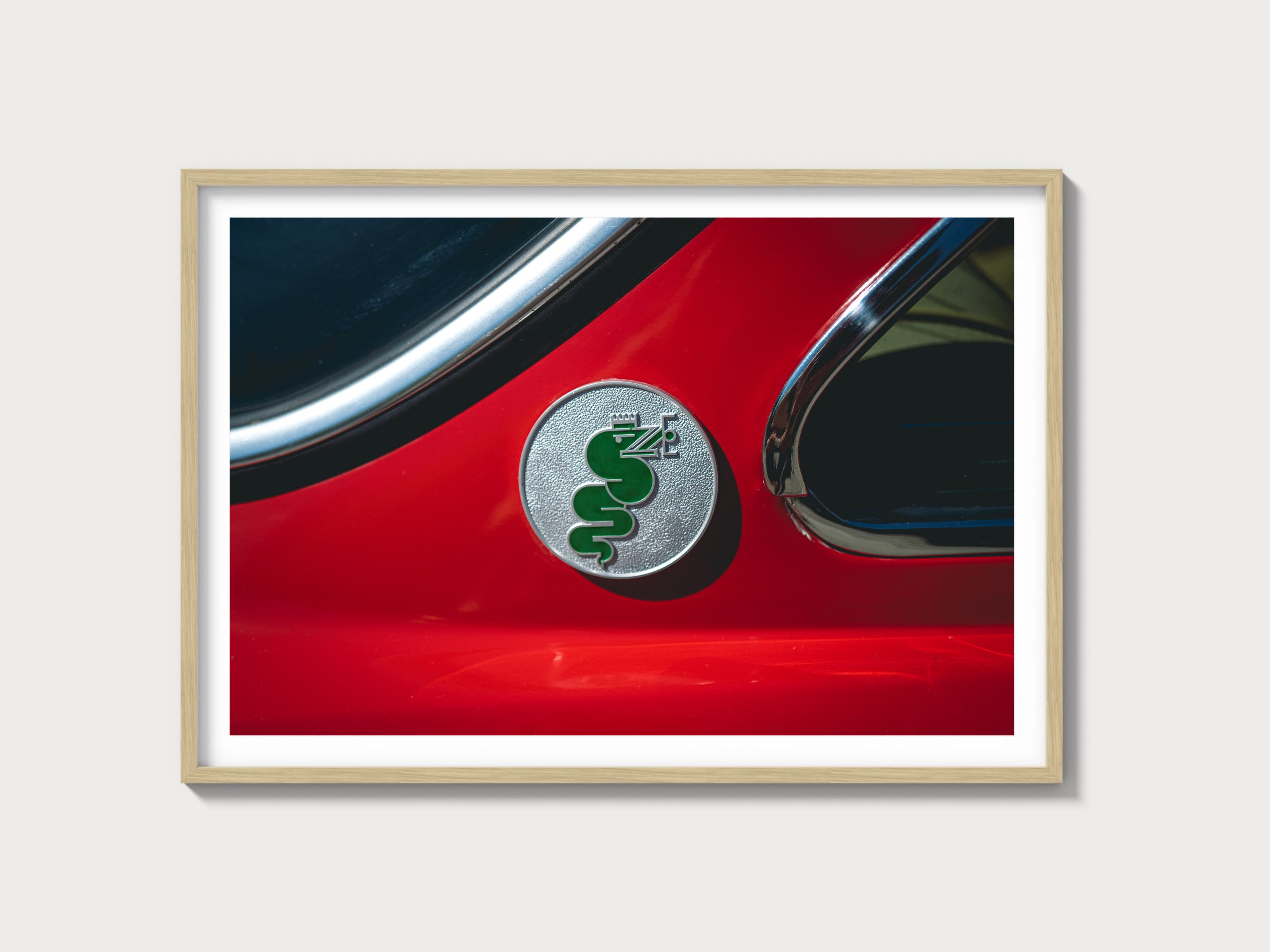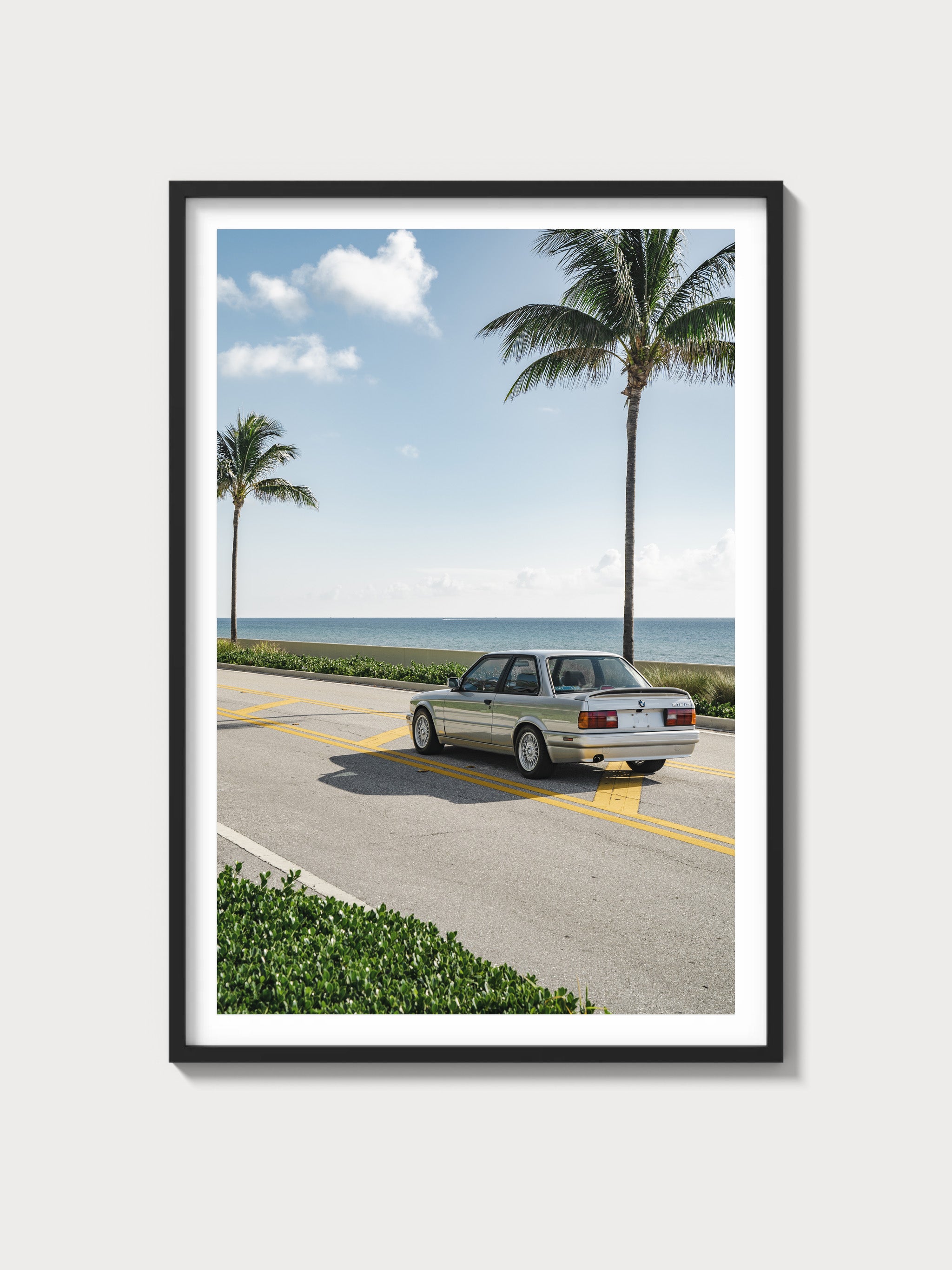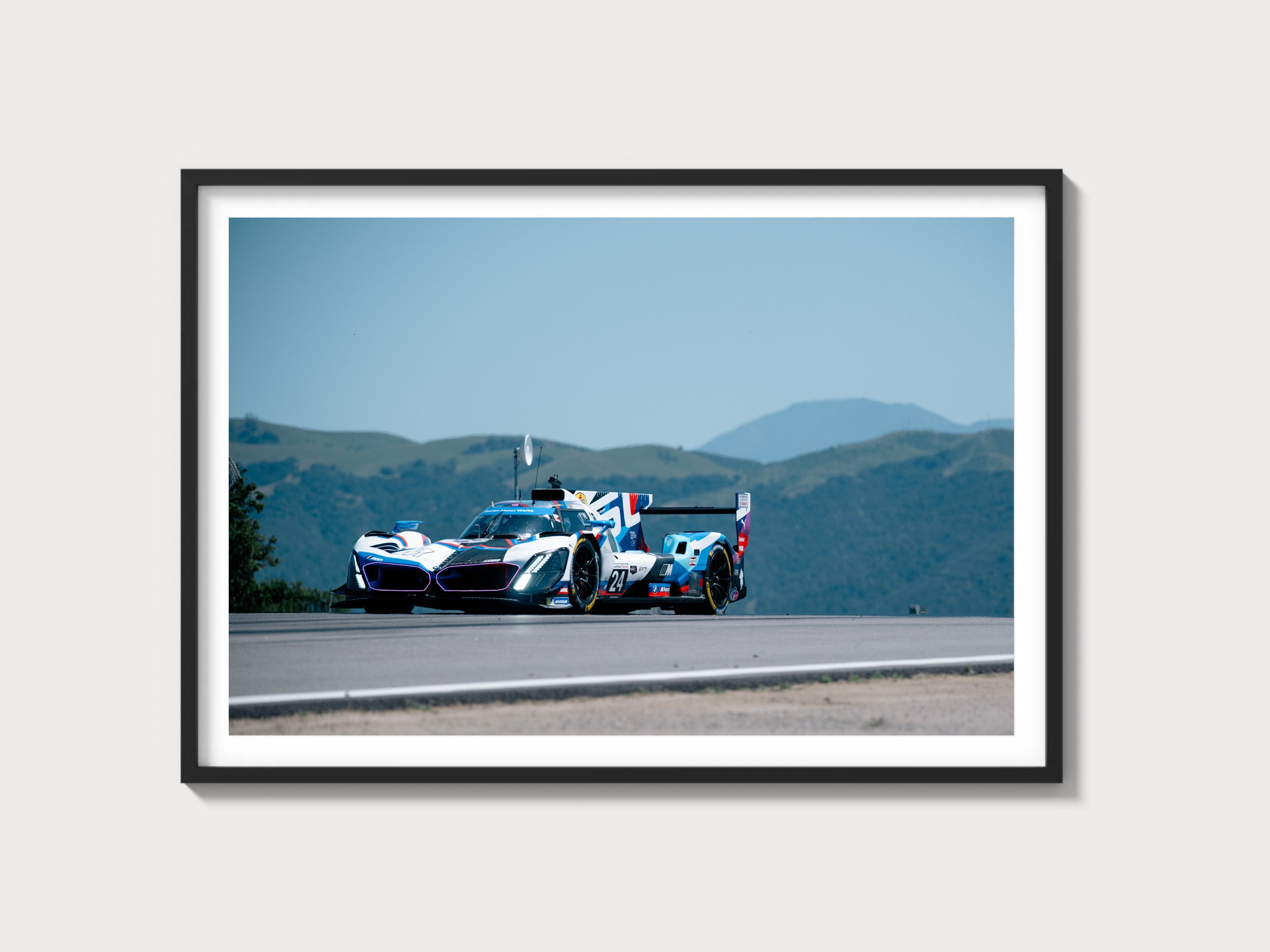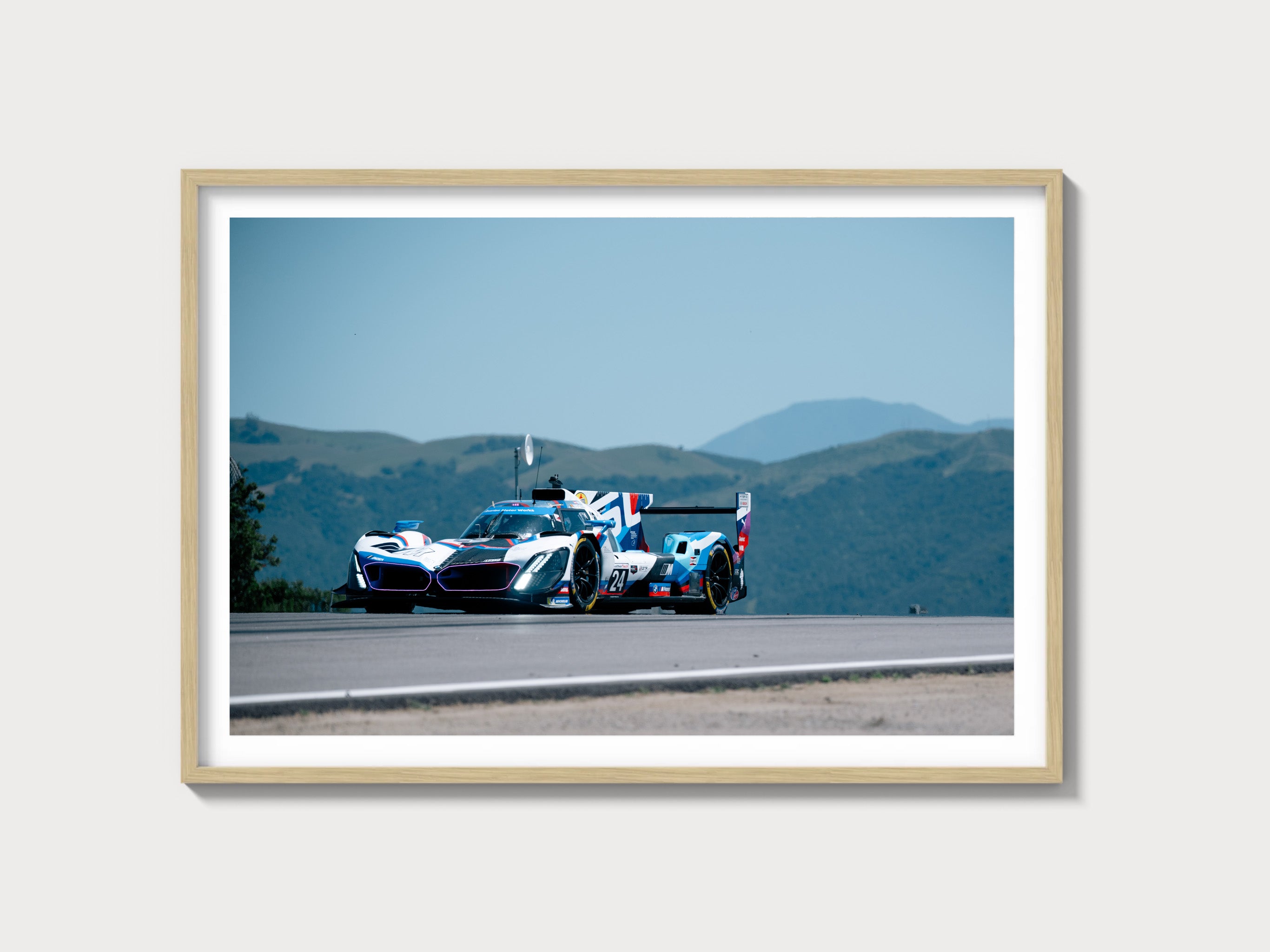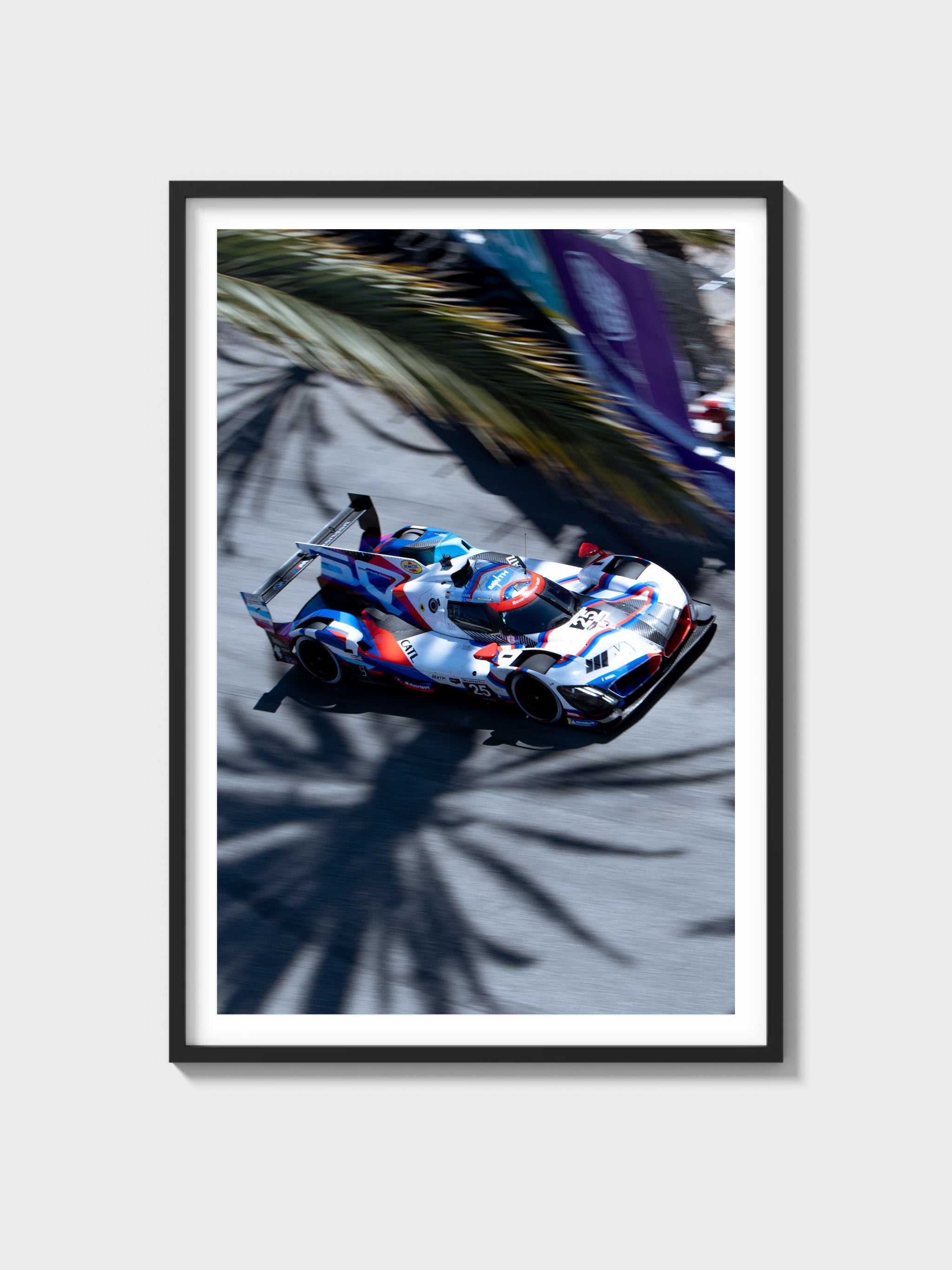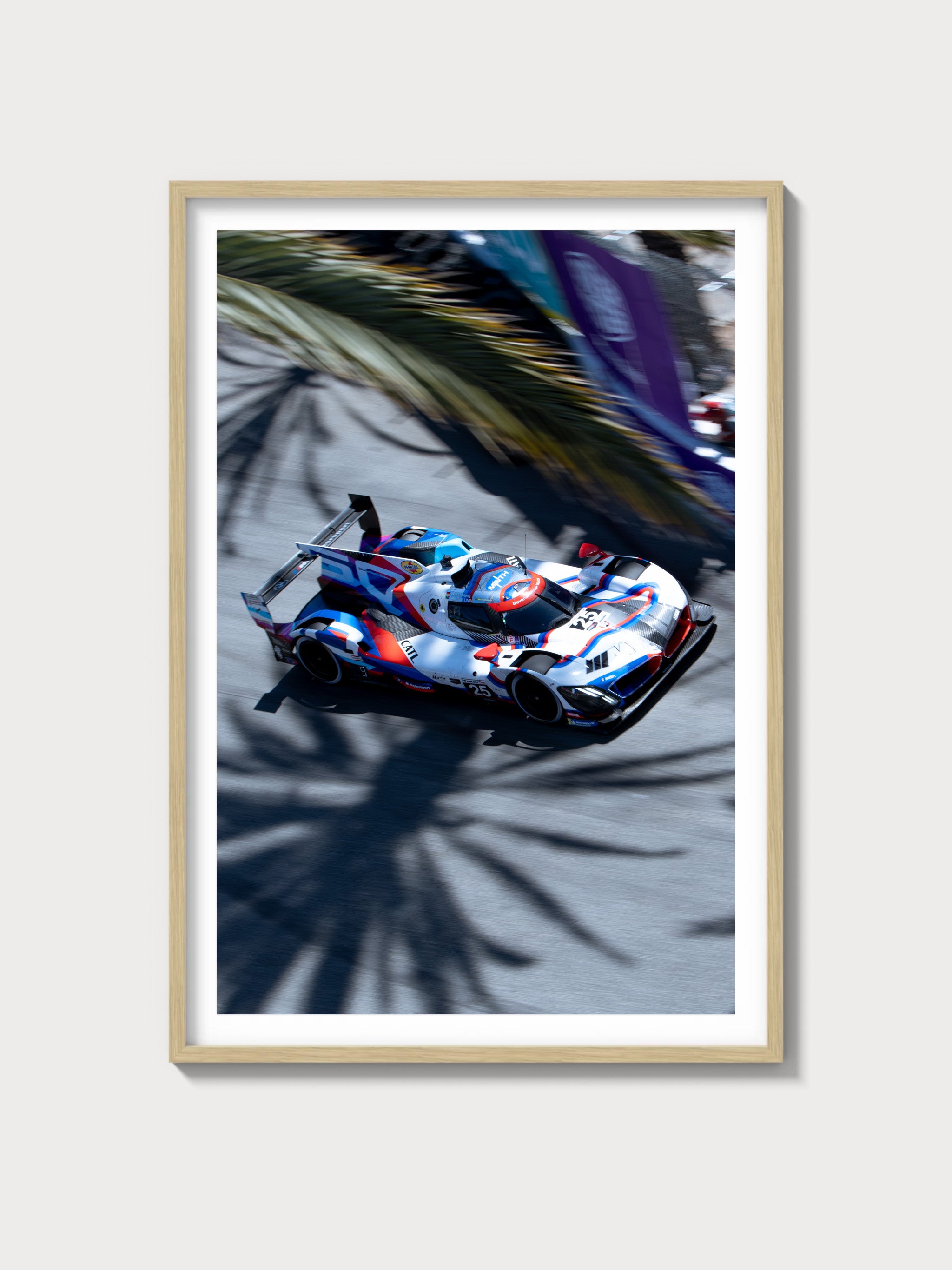1977 Pontiac Can Am (A-body Special) — History, Specs, and Performance
Historical Context and Development Background
The 1977 Pontiac Can Am was Pontiac’s late-Colonnade-era statement piece: a one-year, limited-production performance variant spun from the LeMans Sport Coupe on GM’s A-body (often referred to internally as A-Special for certain derivatives in the 1973–1977 period). Conceived to inject showroom excitement into the waning years of the Colonnade generation, the Can Am was a collaboration with Jim Wangers’ Motortown Corporation, which handled the distinctive appearance and hardware conversion outside Pontiac’s primary assembly flow.
Every Can Am left the factory in Cameo White, then received tri-tone (orange/red/gold) tape graphics, a rear “ducktail” spoiler, blacked-out accents, and a Trans Am–style shaker protruding through a modified hood. Underneath, Pontiac’s Radial Tuned Suspension (RTS) ethos gave the car cleaner body control and better tire contact than most peers, while power came primarily from the 49-state W72 400-cu-in Pontiac V8 paired to the Turbo-Hydra-Matic 400. California and certain high-altitude markets received the Oldsmobile-built 403 V8, consistent with GM’s emissions compliance strategy at the time.
As corporate context, the Can Am arrived as the Trans Am was cresting a cultural wave, and as personal-luxury intermediates—Monte Carlo, Grand Prix, Cutlass Supreme, Regal—dominated sales charts. Pontiac’s Can Am carved a niche by blending LeMans practicality with authentic performance cues. The program ended early—period accounts widely cite a broken rear-spoiler mold at Motortown and internal politics as contributing factors—leaving approximately 1,377 produced, a scarcity that has defined the model ever since.
Engine and Technical Specifications
The Can Am’s core mechanical identity centers on the Pontiac W72 400, a strong, low-end-torque V8 paired with a durable TH400 automatic. California/high-altitude cars used the Oldsmobile 403 with a different torque curve and, typically, a different shaker decal.
| Engine | Configuration | Displacement | Horsepower (SAE net) | Induction | Redline | Fuel System | Compression | Bore x Stroke |
|---|---|---|---|---|---|---|---|---|
| Pontiac W72 400 V8 | OHV 90° V8, iron block/heads | 400 cu in (6.6 L) | 200 hp, ~325 lb-ft | Naturally aspirated; shaker hood scoop | N/A (no factory-marked redline) | Rochester Quadrajet 4-barrel | ~8.0:1 | 4.12 in x 3.75 in |
| Oldsmobile 403 V8 (CA/high-alt) | OHV 90° V8, iron block/heads | 403 cu in (6.6 L) | 185 hp, ~320 lb-ft | Naturally aspirated; shaker hood scoop | N/A (no factory-marked redline) | Rochester Quadrajet 4-barrel | ~8.0:1 | 4.351 in x 3.385 in |
Transmissions: the W72 400 was paired with GM’s Turbo-Hydra-Matic 400 (TH400) 3-speed automatic; Olds 403–equipped cars were typically mated to a TH350. Rear axle ratios commonly included the low-to-mid 3s, with Safe-T-Track limited slip available.
Driving Experience and Handling Dynamics
Compared with a garden-variety LeMans, the Can Am’s road feel benefits from RTS calibration: firmer bushings, matched springs and shocks, and a front anti-roll bar deliver tidy, period-correct control without punishing ride quality. Steering is recirculating-ball with power assist; effort is light on-center but weights up convincingly in a fast sweeper. The front discs/rear drums are adequate for the era, with decent initial bite and predictable modulation on modern friction materials.
The W72 400 defines the car’s character: a broad, early torque swell, a clean pull to the upper midrange, and a classic Quadrajet two-stage personality—docile primaries, then a throatier rush when the air-valve secondaries swing open. The TH400’s calibration suits that demeanor, snapping off crisp 1–2 shifts under throttle and slurring politely in normal driving. Compared with a Firebird Trans Am, the Can Am rides taller and breathes a little harder through the air, but it delivers the same mechanical honesty: long-stroke thrust, relaxed highway gait, and a planted stance when hustled along a back road.
Full Performance Specifications
Figures below reflect typical results reported by period road tests and factory literature for W72-equipped cars; variations exist based on axle ratio, state emissions equipment, and test conditions.
| Metric | Specification |
|---|---|
| 0–60 mph | ~9.3 seconds (W72 400) |
| Quarter-mile | ~16.5 sec @ ~86 mph (W72 400) |
| Top speed | ~115 mph |
| Curb weight | Approx. 3,800 lb |
| Layout | Front-engine, rear-wheel drive (FR) |
| Brakes | Front power discs; rear drums |
| Suspension (front) | Unequal-length A-arms, coil springs, anti-roll bar |
| Suspension (rear) | 4-link live axle, coil springs, anti-roll bar (RTS) |
| Steering | Power-assisted recirculating ball |
| Gearbox | Turbo-Hydra-Matic 400 (W72); TH350 (403) |
Variant Breakdown and Production
All Can Ams were based on the LeMans Sport Coupe, finished exclusively in Cameo White with model-specific striping and a rear spoiler. Interiors varied by typical LeMans trim offerings of the period. Engine and decal differences define the main mechanical variants.
| Variant | Engine/Driveline | Visual Differences | Production | Market Split |
|---|---|---|---|---|
| Can Am (W72) | Pontiac 400 (W72), TH400; Safe-T-Track optional | Shaker scoop typically carries "T/A 6.6" script; tri-tone stripe kit, rear spoiler, blacked-out trim | Part of approx. 1,377 total (one-year run) | 49-state |
| Can Am (403) | Oldsmobile 403, TH350; Safe-T-Track optional | Shaker scoop typically carries "6.6 LITRE" script; otherwise as above | Included within the same approx. 1,377 total (exact split not officially published) | California & certain high-altitude regions |
Note: The commonly cited total production is approximately 1,377 cars before the program was halted. Exact engine-split figures have not been officially published.
Ownership Notes: Maintenance, Parts, Restoration
- Powertrain durability: The Pontiac 400 with HEI ignition and the TH400 automatic are robust and well-served by the aftermarket. The Oldsmobile 403 is smooth and torquey; both engines respond well to correct Quadrajet calibration and intact heat-riser/evaporative systems.
- Service basics: Adhere to factory-style maintenance—regular oil and filter changes, ignition tune-ups, coolant and transmission fluid service, and periodic carburetor adjustments. Proper timing and secondary air-valve setup are key to drivability.
- Chassis and brakes: RTS bushings, ball joints, idler arm, and steering box wear are common age items. Front rotors/pads and rear drums/shoes are standard GM A-body fare and readily available.
- Body and trim: Rust watchpoints include lower quarter panels, rear window channel, trunk floor, cowl area, and frame rails. The rear spoiler and shaker assembly are model touchstones; original spoiler pieces are scarce, and fit/finish of replacements varies. Stripe kits are reproduced; confirm colors and layout against period references.
- Authenticity: Pontiac Historic Services (PHS) documentation is the preferred verification path. The Can Am was built from LeMans Sport Coupe stock, so paperwork is essential; many visual elements can be cloned.
- Restoration difficulty: Mechanically straightforward with wide parts support; the unique exterior pieces (spoiler, shaker trim ring, specific badging) drive the difficulty and cost.
Cultural Relevance and Collectibility
The Can Am’s appeal is twofold: it’s a bona fide late-’70s performance time capsule and a compelling Pontiac lore piece, tightly linked to Jim Wangers’ marketing instincts. While it never had a dedicated factory motorsport program, the car channels Pontiac’s NASCAR-era intermediates and the brand’s Trans Am halo. The one-year build, cohesive livery, and shaker hood give it high recognition among marque enthusiasts, and it consistently trades at a premium versus a comparable LeMans Sport Coupe. Well-preserved, correctly documented examples are the ones that draw the strongest interest at enthusiast auctions and marque gatherings.
Frequently Asked Questions
Was the 1977 Pontiac Can Am a separate model or a LeMans package?
It was a LeMans Sport Coupe–based special edition completed with Motortown-applied components and graphics, marketed by Pontiac as the Can Am.
How many were built?
Approximately 1,377 before the program ended.
Which engines were available?
Most cars received the Pontiac W72 400 V8 (200 hp). California and certain high-altitude markets received the Oldsmobile 403 (185 hp).
Manual transmission availability?
All Can Ams were automatic from the factory.
How do I tell a W72 400 car from a 403 car?
Beyond documentation, period-correct cars typically display differing shaker decals: “T/A 6.6” on W72 400 cars and “6.6 LITRE” on 403 cars, along with corresponding engine identifiers and component castings.
Known problem areas?
Age-related wear in suspension/steering, rust in typical Colonnade-era locations, degraded weatherstripping, and scarcity of original rear spoilers. As with any Quadrajet car, incorrect tuning can mask the engine’s potential.
What makes a Can Am especially desirable to collectors?
Verified provenance (PHS paperwork), original paint/striping or high-quality correct restorations, the W72 400/TH400 combination, intact shaker and spoiler components, and low-mileage condition.
How does it compare to a same-year Trans Am?
Mechanically similar in spirit—particularly with the shared W72 400—but the Can Am rides higher, is roomier, and is more subtle. Performance is slightly softer due to weight/aero, but character is unmistakably Pontiac.

